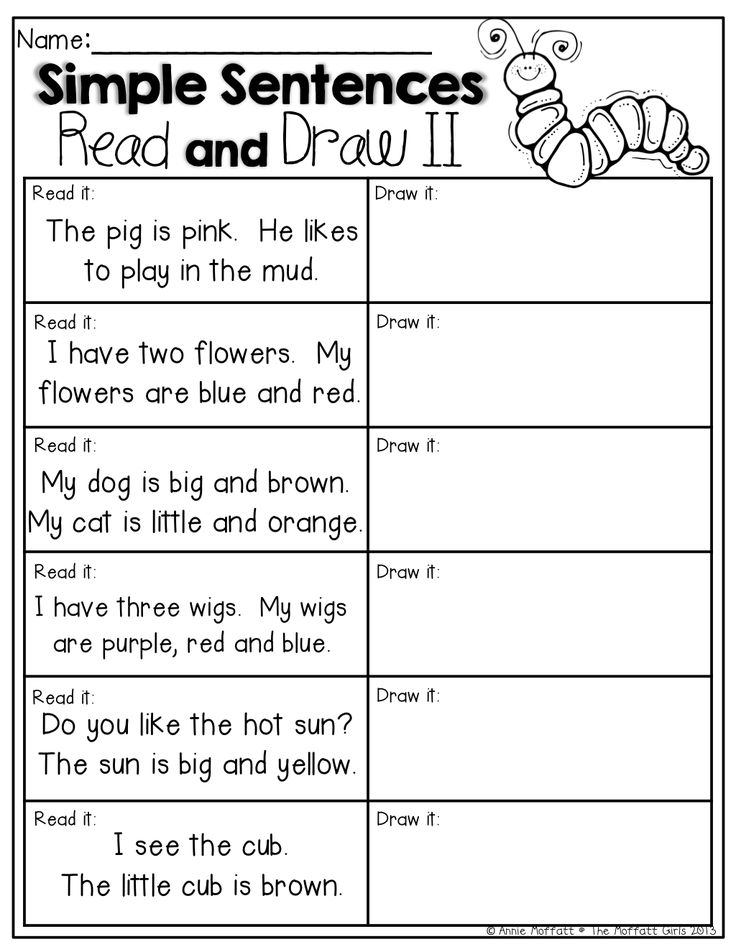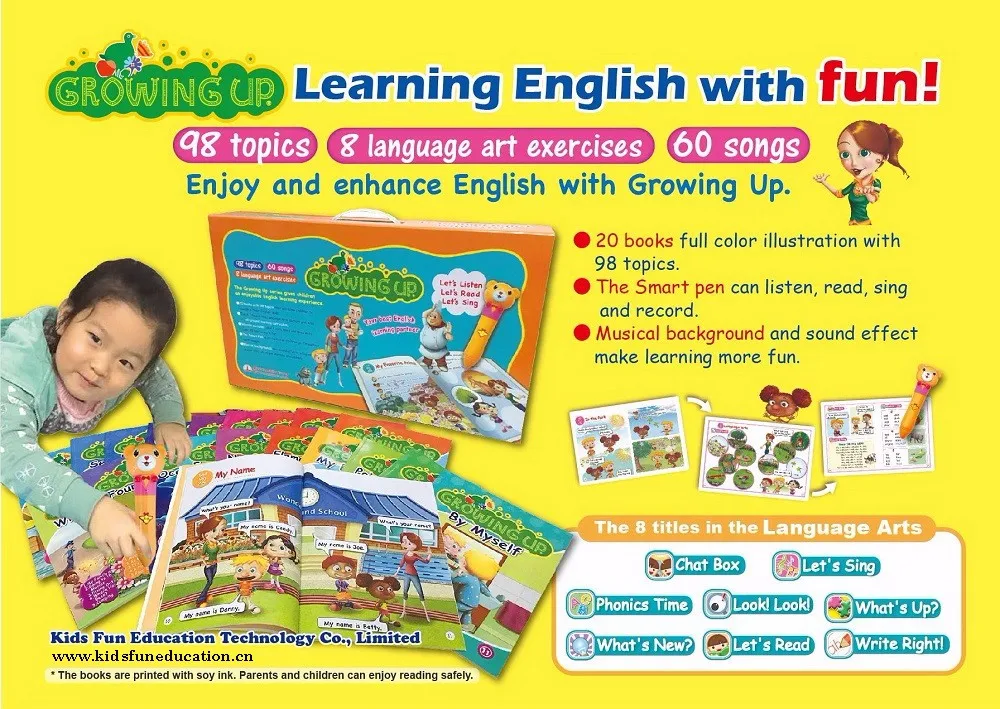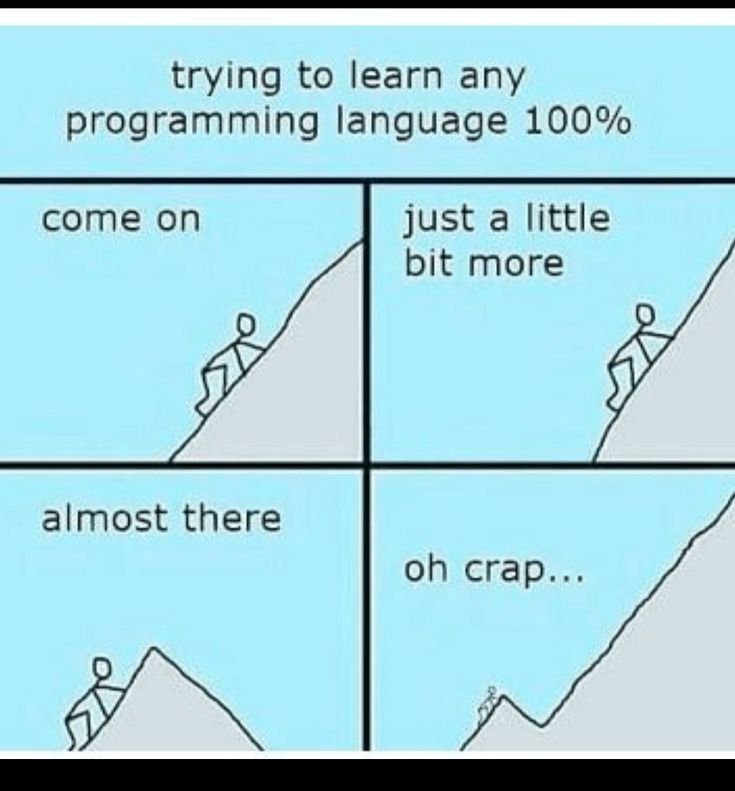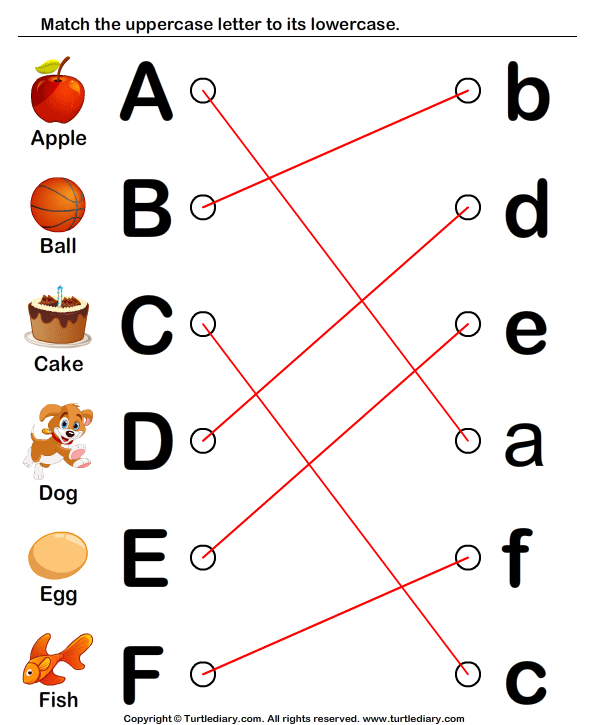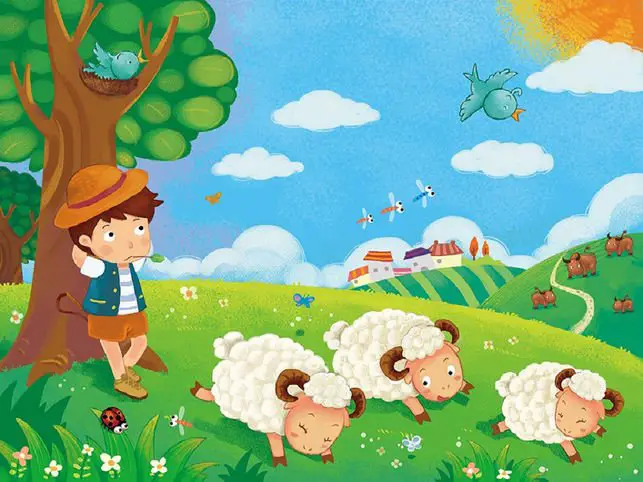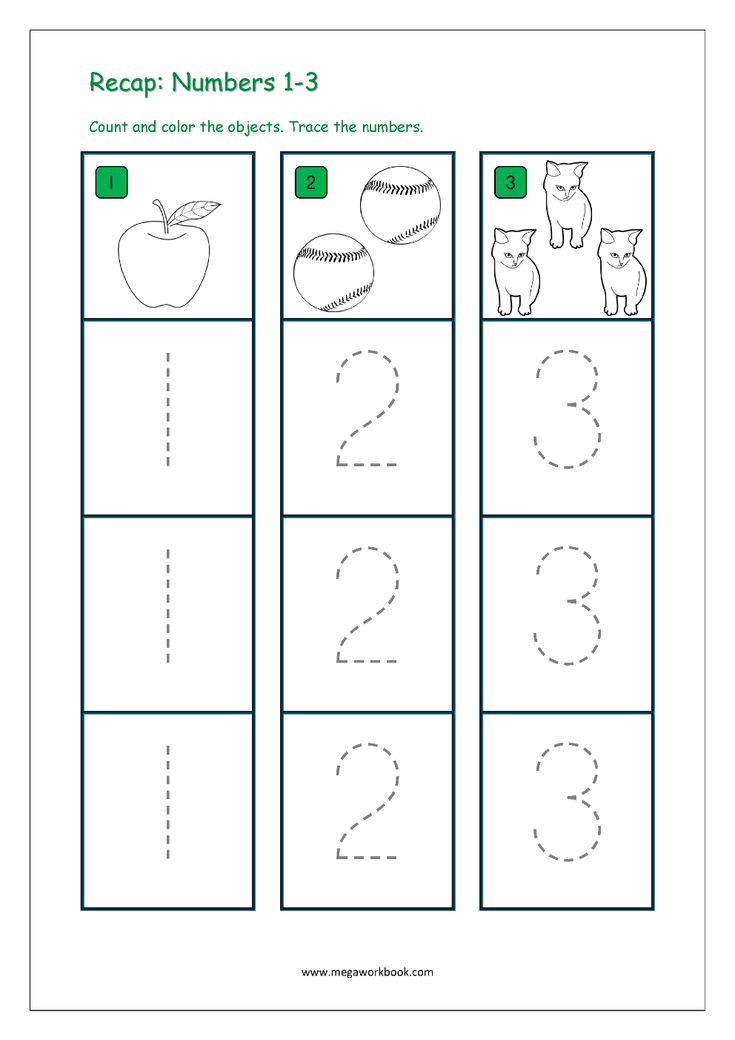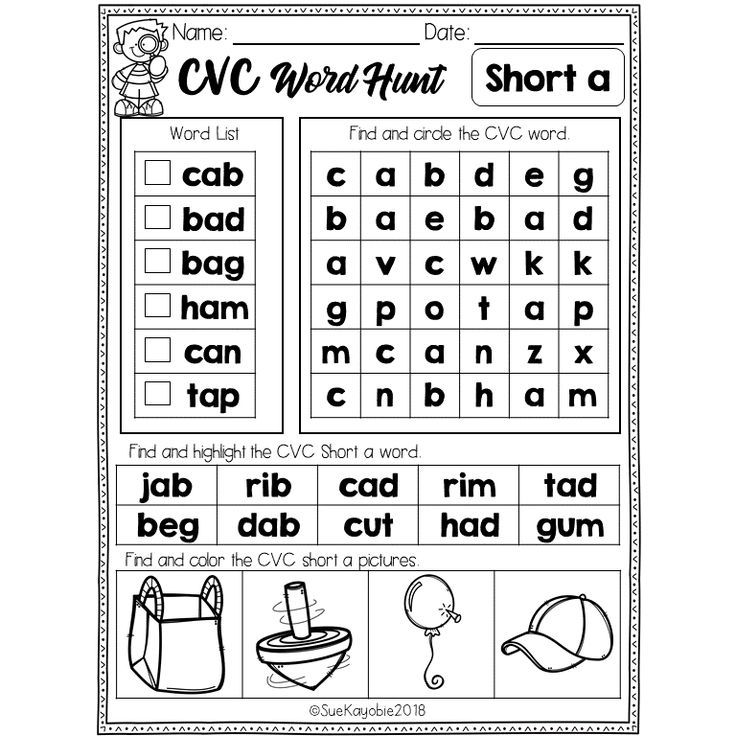Sight word games and activities
20 Sight Word Games, Activities, and Reading Ideas
If your child is learning to read, then you know that sight words are high-frequency words common in most text, words like the, and, they, or she. Knowing these words at a glance makes reading easier. Here you’ll find sight word games, apps, multi-sensory activities, and reading ideas. I recommend trying multiple approaches to engage your child’s different modalities of learning these words.
Also, it’s important to note that schools generally use either the Dolch or the Fry Sight Word lists. The lists are slightly different so make sure you know which one to use.
GAMESGames bring an element of fun and playfulness to learning. Since many of these games ask for sight word playing cards, make your own using index cards or download free printable cards here for the Dolch list and here for the Fry list.
Memory
Make your own card deck with two of each sight word. Shuffle. Place the cards face down in rows. When it’s your turn, turn over two cards and try to get a matching pair. If you don’t have a match, turn the cards back over. The winner is the player with the most pairs. (See example on Frogs, Snails and Puppy Dog Tails.)
Bingo
Download premade bingo cards grouped by levels of sight words here. Or, make your own bingo cards with the specific group of words your child is learning.
Scavenger Hunt
Make a list of sight words and a corresponding sticky note for each word on the list. Have your child find the sticky note somewhere in your house and match the word with the corresponding word on the master list.
Go Fish
We played this game a lot when my youngest learned her words. Make a set of sight word pairs (or make four like the original game) for each word. You’ll probably want at least 30 cards. Deal out five cards to each player. Play using the Go Fish rules — either looking for two or four cards to make a set.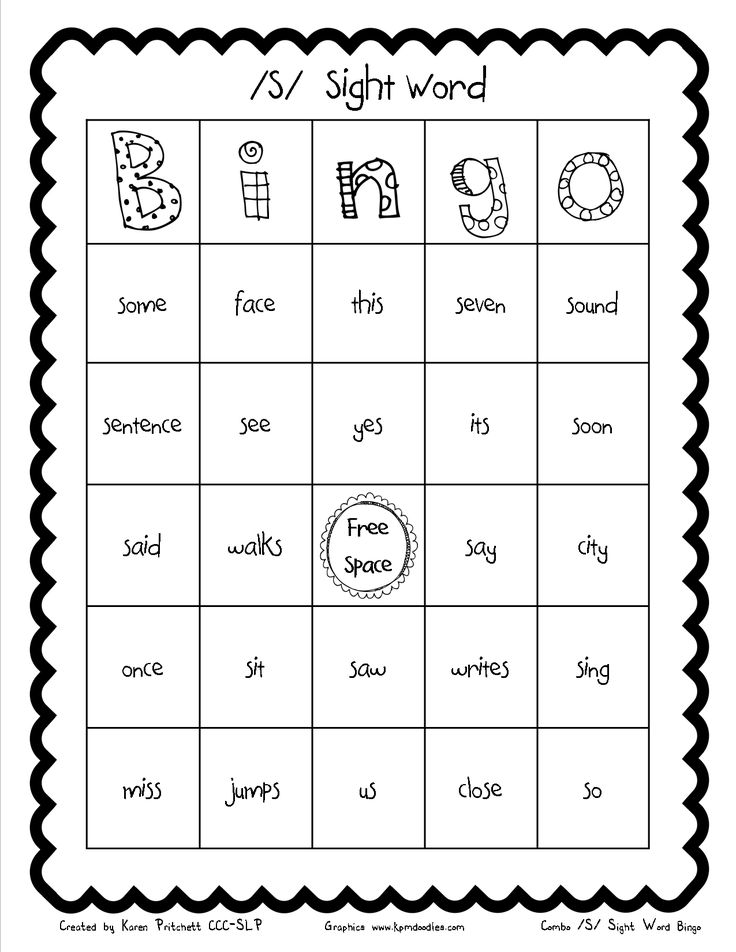
Ukloo
We love this store-bought treasure hunt because it helps kids practice reading sight words. The game clues come in three levels, each has clues written primarily with sight words. We made it inexpensive by finding the silliest “treasures” we could find such as a gum wrapper or paper clip.
Zingo!
Kids won’t even care they’re practicing sight words because this Bingo game makes practice such a blast.
Technology often motivates kids to learn, which is why sight word apps can be a helpful tool. Try these learning apps and see which one your child enjoys most.
Bob Books Reading Magic Sight Words
Read the highlighted word in a sentence and practice writing by dragging the letters to the spaces at the bottom.
Gappy Learns Reading
Fill in the missing letter or letters to make bridges for the rabbit to cross and get home. Includes both three letter words and sight words.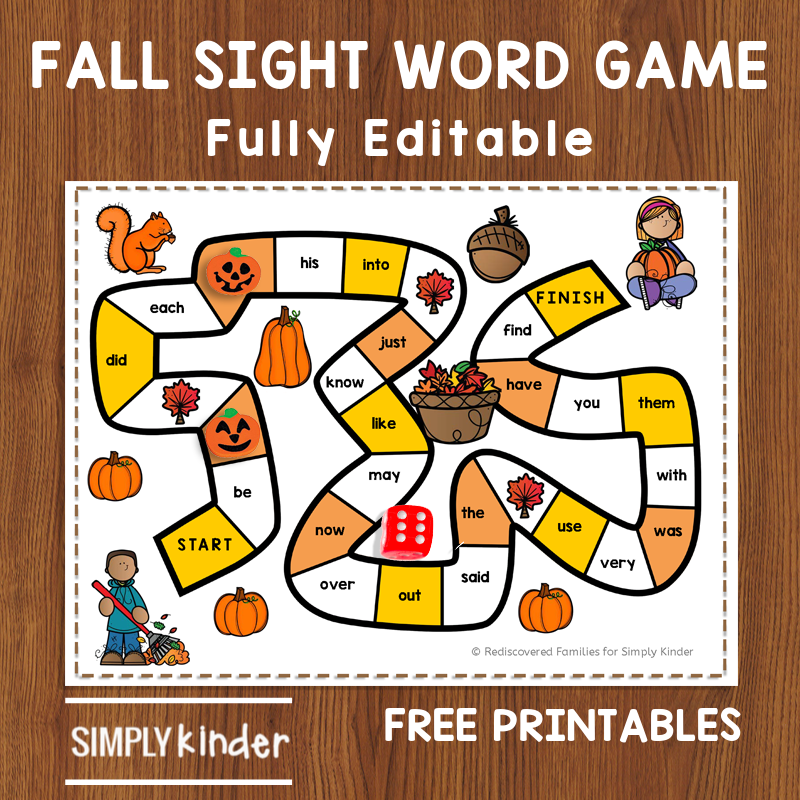
The Sight Word Adventure
Play 10 fun games such as whack-a-mole, letter scramble, and hide-and-seek to practice 320 sight words at five levels.
Sight Word Games
With a section for learning and one for playing games, this new app from This Reading Mama gives kids more ways to practice their words, including Hangman and Bingo.
Sight Word Bingo
My kids loved the cute monsters in this entertaining Bingo game that uses the Dolch words.
We have many senses other than our visual and auditory senses that can be engaged for optimum learning. These activities add in movement and touch.
Chants
With these chants, your child will work to learn the words while moving and acting like an animal.
Play Dough Mats
Using play dough and a sight word mat, make the letters of each sight word. Then write the words below.
Magnet Letters
Make your sight words on a magnetic surface using magnetic letters.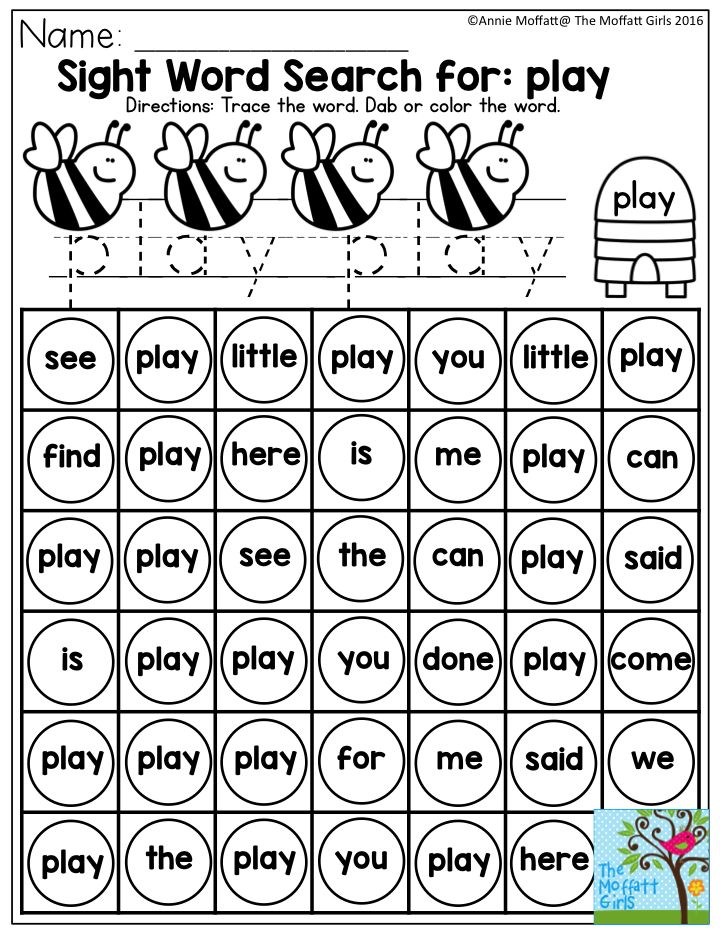
Wikki Stix or Pipe Cleaners
Build your sight words using Wikki Stix or pipe cleaners.
Beads
Practice your words by threading letter beads onto pipe cleaners to make each one.
Flash Cards
You’ll want a list of the words your child needs to learn so that you can make your own flash cards or buy them. Then tackle a few each day. When your child has learned a word, post it on a wall to celebrate. Soon you’ll have a wall filled with words they can read!
Bob Books
Bob Books are short leveled books that help children learn a few words at a time, practice those words in the books, and then move on to reading more. We found them to be a very helpful resource.
Sentence Cards
These are printable cards with a sight word and the sight word used in a short sentence. They don’t just increase a child’s sight word bank, they also improve reading skills too.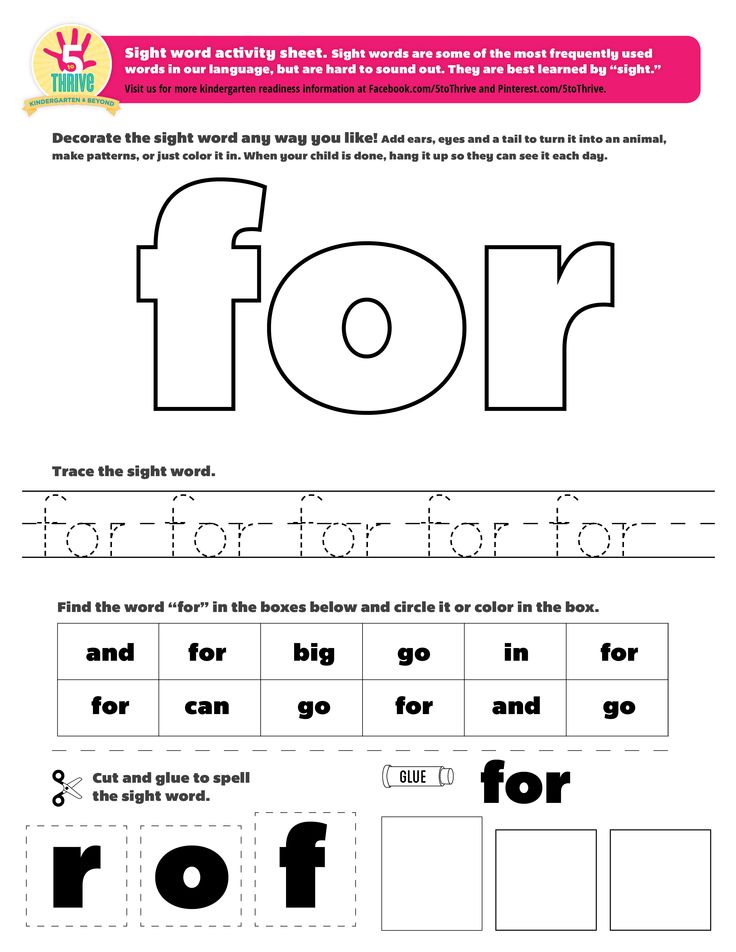
Printable Leveled Booklets
These are short, printable books that you can download for free or for a small price that are text controlled. In other words, you can choose the appropriate reading level with what specific sight words your child needs to learn.
Have other tips for how to help kids learn sight words? Share in the comments below.
48 Fun Sight Word Activities That Work
Teachers are always on the hunt for great sight word activities. Sight words are any words readers recognize automatically “by sight”—for fluent readers, that’s almost all words! High-frequency words, the most commonly occurring words in written English like those on the Dolch list, are often thought of as the most crucial sight words.
It’s a myth that blindly memorizing every letter in a sight word is the only way to learn it. The science of reading tells us that linking sounds and letters is the most effective way for kids’ brains to learn any word.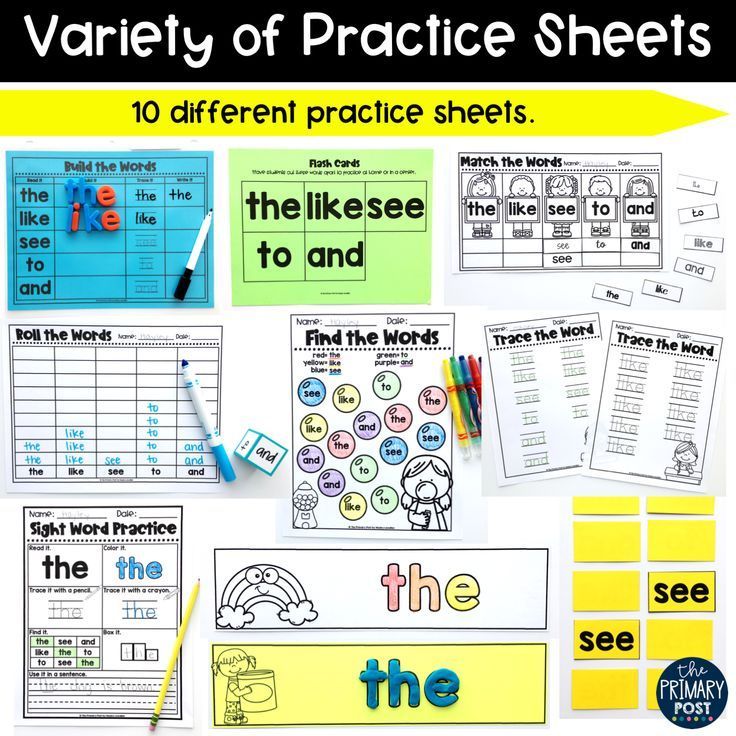 Many common words are easy to tackle using beginning phonics skills (like “at,” “can,” “him,” etc.), so staying true to a strong phonics curriculum is one way to support kids’ sight word learning. Even irregularly spelled words have decodable parts, e.g., kids can use the sounds of “s” and “d” to help with “said,” even if the “ai” is unexpected. Experts often call these words “heart words” to call out for kids that they should learn the unexpected word parts “by heart.” (If all this is unfamiliar to you, it can feel overwhelming, but you’ve got this! Check out teaching guru Jillian Starr’s explanation for more help.)
Many common words are easy to tackle using beginning phonics skills (like “at,” “can,” “him,” etc.), so staying true to a strong phonics curriculum is one way to support kids’ sight word learning. Even irregularly spelled words have decodable parts, e.g., kids can use the sounds of “s” and “d” to help with “said,” even if the “ai” is unexpected. Experts often call these words “heart words” to call out for kids that they should learn the unexpected word parts “by heart.” (If all this is unfamiliar to you, it can feel overwhelming, but you’ve got this! Check out teaching guru Jillian Starr’s explanation for more help.)
Check out these low-prep and engaging sight word activities for both teaching and practicing words.
1. Map it and drive it
This is a genius way to introduce words with appealing materials: Say the word, represent each sound with a LEGO brick, write letters for each sound, and “drive” to read it.
Source: @droppinknowledgewithheidi
2. Smush play dough for each sound
Set up a routine that works for any word.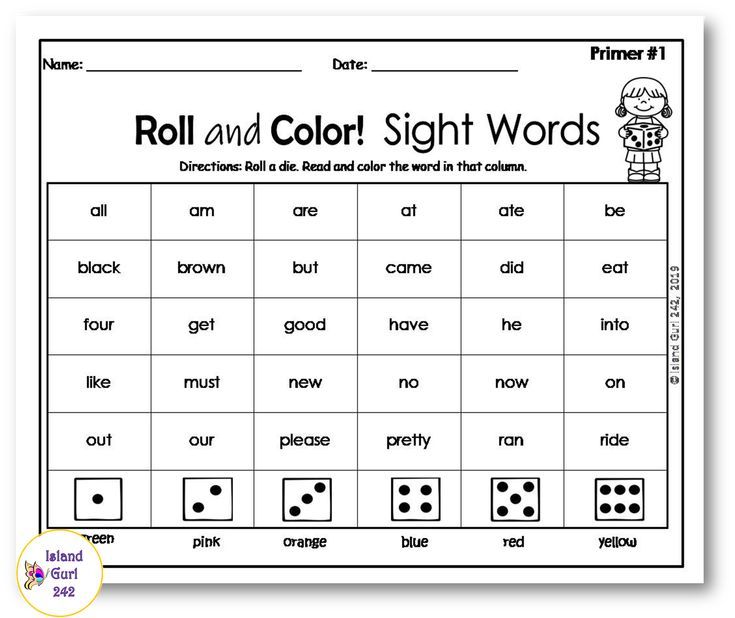 Play dough squishing for each sound is the ultimate multi-sensory component.
Play dough squishing for each sound is the ultimate multi-sensory component.
ADVERTISEMENT
Source: @playdough3plato
3. Map words with a magnet wand
It is so super-satisfying to drag those magnetic dots around! Watch the video below for lots of tips on introducing a word using this process.
Source: @warriorsforliteracy
4. Make a mini book
Lots of handy info in one place for your little learners.
Source: @hughesheartforfirst
5. Tap it, pop it, learn it!
Hardwire those words in kids’ brains with this comprehensive word intro routine. (You had us with the pop its!)
Source: @hellojenjones
6. Find and swat words
An oldie but such a goodie. Find a word in an array and WHACK! Swat it with a fly swatter!
Source: @kids_play_learn_laugh
7. Flip word pancakes
Serve up sight word pancakes while practicing spelling them aloud.
Source: @bee_happy_teaching
8. Wear heart word bracelets
Make kids feel like sight word VIPs.
Source: @teachingmoore
9. Search for sight word balls
Write sight words on ball pit balls with a chalk marker or dry-erase marker. Kids can race around hunting for balls to read and toss in a basket, or hunt through a big tub of balls for a certain word.
Source: @preschoolforyou
10. Start a sight word band
Loud but oh-so-fun! Feel the rhythm while tapping and reading sight words stuck to homemade percussion instruments.
Source: @earlyyears_withmrsg
11. Drive on a sight word path
This is one of many fun ways to use magnetic tiles for learning! Kids love “knocking down” word tiles with a toy car as they read each one.
Source: @travisntyler
12. Use sticky notes to inspire sight word sentences
Have kids stick words on items that give them ideas for sentences. “My Mom said to wear a helmet!” = so good!
Source: @kinneypodlearning
13.
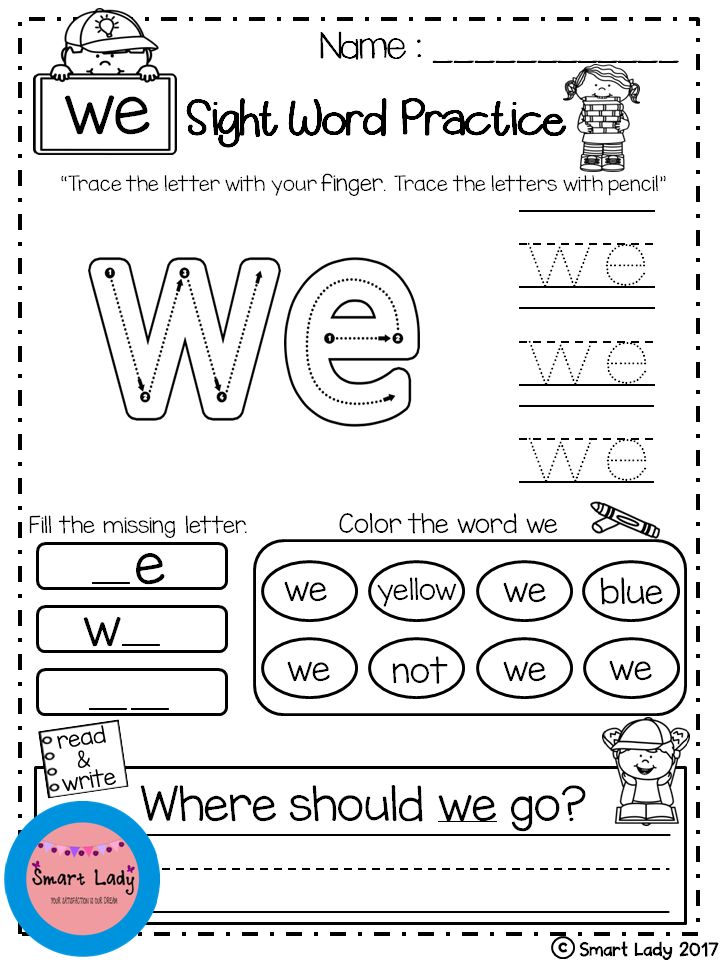 Write words on a sensory bag
Write words on a sensory bagSo easy: Fill a zip-top bag with a small amount of kid-safe paint, seal well, and have kids practice “writing” sight words with their finger or a cotton swab.
Source: @makeitmultisensory
14. Wear a sight word crown
Wear your word proudly and practice reading others’ words. Fun in person or virtually.
Source: @mrsjonescreationstation
15. Play a magnetic-tile board game
We love new ideas for ways to use magnetic tiles for sight word activities. Easy to set up and fun to play.
Source: @twotolove_bairantwins
16. Spell words to a familiar tune
Get sight words stuck in everyone’s head, in a good way. We’d add a line for chanting the sounds in the word!
Source: @saysbre
17. Feed a word monster
Nom, nom, nom.
Source: @ecplayandlearn
18. Search for the pom-pom under sight word cups
Read all the words as you try to find the cup that hides the prize.
Source: @la.la.learning
19. Play sight word KABOOM
This classroom classic is perfect for sight words. If you need a refresher on the rules, Jillian Starr covers them.
Source: @essentiallykinder
20. Roll and write words
Roll, write, repeat.
Source: @mylittlepandamonium
21. Write words with rainbow colors
Bonus points for aromatic markers.
Source: @mylittlepandamonium
22. Trace words with flashlights
Stock up on batteries because kids never get tired of this!
Source: @giggleswithgerg
23. Find words in plastic eggs
Give kids a checklist of words to find as they open each egg.
Source: @blooming_tots1
24. Spy words around the classroom
Just add a magnifying glass and clipboard to make kids feel like supersleuths!
Source: @readingcorneronline
25. Find words in the morning message
Don’t forget about old standbys! This is one of our favorite ways to get kids to recognize sight words in connected text.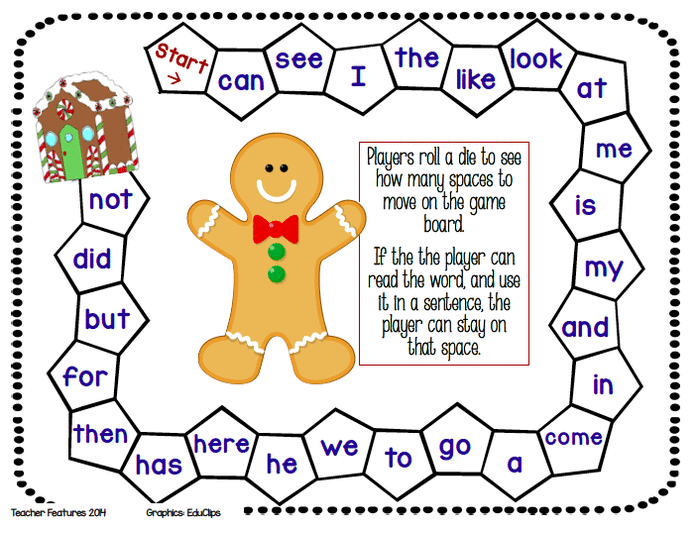
Source: @tales_of_a_kinder_classroom
26. Build words with bricks
Such a great use of extra building bricks!
Source: @raysinkinder
27. Write words in sand
Easy-peasy to set up and keep neat if you use plastic pencil boxes.
Source: @teacherhacks
28. Spell words on a construction site
Bulldozing over each word to read it is the best part!
Source: @planningplaytime
29. Spell words with toy cars
Drive on over!
Source: @lozlovesprep
30. Park in a sight word “parking lot”
This one is easy to modify based on whatever toys are available in the classroom or at home.
Source: @msbendersclassroom
31. “Plant” words in play dough
Watch those reading skills grow!
Source: @planningplaytime
32. Build words in a sensory tub
Because spelling is just more fun when your hands are covered in beans!
Source: @coffeeandspitup
33.
 Write words on a magnetic drawing board
Write words on a magnetic drawing boardThat eraser track makes for a perfect word card holder!
Source: @moffattgirls
34. Or write words on the window!
Everyone wants a turn to write on the window!
Source: @kindergarten_matters
35. Shhh! Discover words written in invisible ink
Write words in white crayon and reveal them with watercolors on top!
Source: @teachstarter
36. Dot-paint words with a cotton swab
Calming and effective.
Source: @sightwordactivities
37. “Type” words on a keyboard
Busy day at the sight word office! Use a keyboard cover or any old keyboard.
Source: @lifebetweensummers
38. Read words before heading through the door
The line leader can double as the word pointer during transitions.
Source: @ms.rowekinder
39. Read the word the teacher’s wearing!
Wait, is there something on my shirt?
Source: @theprimarypartner
40.
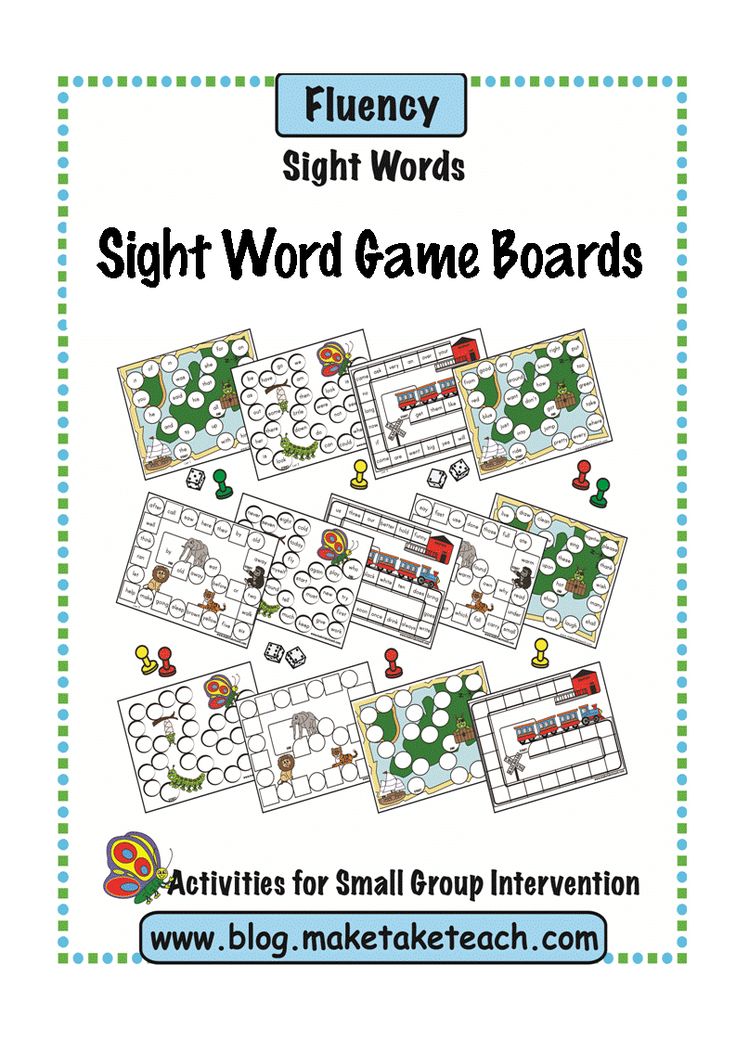 Take a sight word cakewalk
Take a sight word cakewalkChoose a winning word when the music stops!
Source: @joyfulinkinder
41. Play sight word hopscotch
If you can’t get outdoors, tape on the floor works just as well.
Source: @wheretheliteracygrows
42. Play tic-tac-toe
I’ll be team “the.”
Source: @create_n_teach
43. Go sight word bowling
No bowling pins? Use half-filled plastic water bottles instead.
Source: @thecreativeteacher_
44. Ready, aim, read
Just throw a beanbag at a word target if foam darts are a no-go.
Source: @laurens_lil_learners
45. Play muffin tin ball toss
Toss and read. It’s easy to use colored muffin cups to prep different sets of words.
Source: @homeschooling_fun_with_lynda
46. DIY sentence flash cards
Authentic use of words in context for the win.
Source: @teachertipsandtales
47. Play sight word checkers
King me! If kids don’t have a partner available, they can “play” with a stuffed animal and get double practice.
Source: @sightwordactivities
48. Play sight word Guess Who?
Set up this game once and use it forever.
Source: @lessons_and_lattes
We’d love to hear—what are your favorite sight word activities? Share in the comments below.
Want more articles like this? Be sure to sign up for our newsletters.
Plus, what are sight words?
| "Development of sensory-motor skills of preschool children through didactic games" | |||
| Pedagogy | |||
| Author: Lipatnikova Emilia Albertovna | |||
| 08/14/2022 07:38 | |||
| "Development of sensory-motor skills of preschool children through didactic play" From the moment of birth, the child begins to use his senses to understand the world. You may have seen babies chase objects with their eyes, turn towards sounds, and put something in their mouths. The development of the child's senses is the development of perception and the formation of ideas about the properties of objects around him and various phenomena in the world. This sensory activity is essential for healthy development as it sets up neural pathways in the body and brain. Picking things up and feeling their texture is what people often associate with touch play, but it's about much more than touch. A child comes into the world with a very high potential for sensory abilities. Our task is to notice this in time and start work on their further development. Sensory experiences play an important role in helping preschool children learn about the world around them. This helps develop sensitivity. Professor N. M. Shchelovanov argued that early age is "golden times" sensory education [4] .
For young children, early sensory experiences play an important role in brain development. Leading activity at preschool age - subject. We include sensory tasks in this type of activity. The definition of colors, shapes and sizes is one of the conditions for objective activity. For example, we can distribute objects into groups, stick mushrooms into the hole in the basket, collect flowers in bouquets. To develop a sense of vision, Montessori suggested comparing and distinguishing objects by shape: sticks, cubes, cylinders, sticks, balls. Size, shape, color, taste, sound, weight, roughness, temperature - all this must be able to distinguish and teach this to the child. Didactic games in preschool pedagogy were the main means of sensory education. Didactic game is an effective means of sensory development of children of early and younger preschool age. As a result of practice, it was found that the use of a developing environment in the educational process allows you to combine the work of developing feelings with all types of children's activities, thereby diversifying cognitive activity and filling it with true meaning and content. In our work we use the following types of didactic games: games with objects (toys, natural material) , board-printed, word games. In subject games, we use toys and objects of the environment, objects of nature (vegetables, fruits, cones, leaves, seeds) , introduce them to their properties: color, size, shape, quality, form thought processes (analysis, synthesis, classification) . In play activities, it is necessary to acquaint children with the names, attributes and properties of objects with which they will act. She formed practical and mental tasks in such a way that the children understood them and accepted them for execution. Show how these tasks should be solved using a variety of visual aids and involve children in active actions. The skills acquired during games should be recommended to parents to consolidate in everyday life: on a walk, during independent play activities. Board-printed games are diverse in content and educational tasks. Children like these games very much. In the lessons, games such as searching for common features, classifying them according to one feature and grouping them into groups are used. In word games, children think, describe objects, find characteristic features, guess from the description, identify similarities and differences, group objects according to various characteristics, properties, etc. Playing games with children aimed at shaping the perception of form, effectively using various methods of work: completing a task according to a model, completing a task according to an adult’s word, used such techniques as showing actions with objects, direct showing, showing with an explanation, verbal indication. The first games and exercises for the development of vision in a child are based on practical actions that rely on the shape of objects. To solve such problems, you can use games such as “What rolls, what doesn’t roll” , “Find your house” , “Find your mate” When getting acquainted with a new quality - size, children learn to determine the size of an object in various ways. Considering that the child's thinking is visual-active in nature, the ability to distinguish the size and shape of objects in the game should be carried out with the help of practical actions, such as gluing, pressing, touching, grouping according to two signs: size - shape. The most difficult for children are games based on actions with objects of different colors. When acting with objects of different shapes, children perceive these objects visually, through touch, muscle feeling, and color is perceived only visually. As children grow, they also acquire more complex skills through sensory experiences. For example, by playing with sensory materials such as water, play dough, cubes, sand, etc., they begin to develop fine motor skills. This is achieved by shaping, manipulating, stacking, gripping, pouring, etc. Advice for parents We conditionally call sensory games, the purpose of which is to give the child new sensory sensations. Feelings can be varied: Visual. To use vision, have your child visually track objects that are in close proximity, such as mobile phones. The visual sensory system is closely related to the auditory and vestibular systems. Playing with colors and patterns and identifying them is a fun and exciting way to stimulate visual sensory play. Tactile. This is probably the type of game you are most likely to think of when we talk about sensory play. Every time you see children exploring an object with their hands, they are using tactile play. Through tactile play, kids can learn about pressure, temperature, vibrations and more. Examples: play with sand, plasticine, clay, paint, play in nature (natural textures, objects) , with objects that differ in size, texture, shape, materials. The sense of touch is one of the first senses developed before birth. You can also engage your child's sense of touch by offering him safe materials to manipulate, such as textured toys/blocks or objects that allow him to push, pull, squeeze, etc. Hearing aids. The development of sound and hearing. To encourage your child's hearing development, create opportunities to sing, read, or talk with your child. These opportunities can arise at any time, from signing your interactions when you are playing or walking with your child, to singing while you are changing or bathing him. The choice of song does not depend on what you sing or how well you do it, but more on the interaction and impact on your child of different rhythms. In addition, you can include different types of music for your child. You can also offer your child the opportunity to play musical instruments. As you read to your child, you can also experiment with different tones and volumes for different characters in the story. Flavoring. Development of taste sensations: cooking, eating together, experiments for the perception of sweet, sour, salty and bitter. As your child gets older, you can introduce new flavors and textures with meals. Be patient with this process, as it may take time for a young child to get used to new foods. Olfactory. the child inhales and learns to distinguish the various smells of the world around him - culinary experiences, walks in nature, excursions to places with characteristic smells. As you introduce your child to new foods, he can also learn to distinguish between different smells Vestibular. Proprioceptive. The development of spatial awareness is developed through games in which the child moves in different spaces. Pushes, pull-ups, and jumps all help your child develop spatial awareness of their body. Through proprioception, children learn where they are physically located in space and how their limbs relate to the rest of the body. Children learn about concepts such as cause and effect, about physical properties (shape, size, color, texture) . While studying materials, they also develop basic math and science skills, including measuring, observing physical changes when materials are mixed or changed, and making comparisons. Thus, the sense organs play a decisive role in the holistic development of the child and his ability to comprehend the world around him. As a parent or caregiver, you have endless opportunities to engage your senses through sensory play. References
|
Outdoor games as a means of developing the speech of preschool children with severe speech disorders
Authors : Vopelnik Olesya Mikhailovna, Onishchenko Elena Yurievna, Fomina Elena Nikolaevna, Sheina Ludmila Ivanovna
Heading : Pedagogy
Posted by V young scientist #39 (277) September 2019
Publication date of : 25.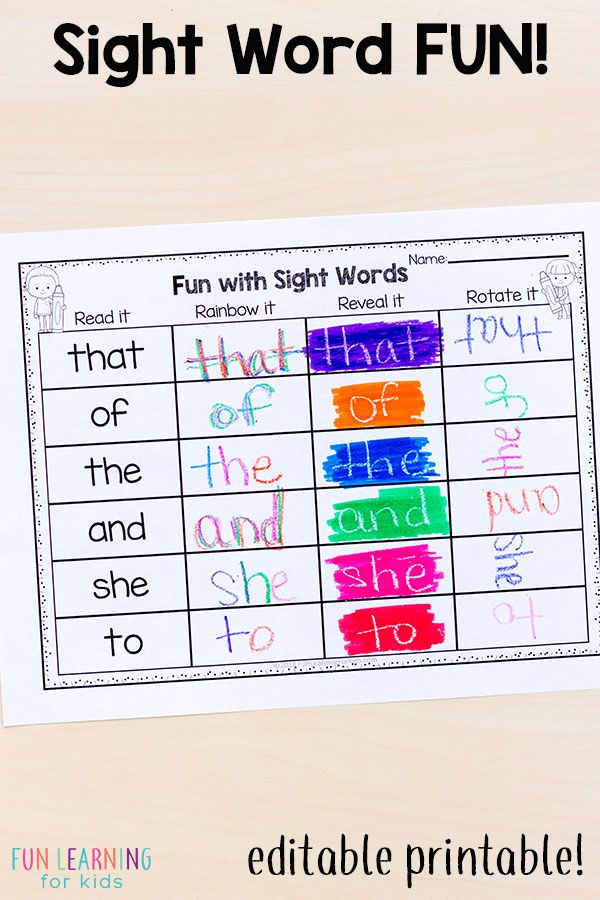 09.2019 2019-09-25
09.2019 2019-09-25
Article viewed: 2361 times
Download electronic version
Download Part 4 (pdf)
References:
Vopelnik, O. M. Outdoor games as a means of developing the speech of preschool children with severe speech disorders / O. M. Vopelnik, E. Yu. Onishchenko, E. N. Fomina, L. I. Sheina. - Text: direct // Young scientist. — 2019. - No. 39 (277). — S. 230-232. — URL: https://moluch.ru/archive/277/62561/ (date of access: 02/08/2023).
“Movement is life” is a well-known saying. An active person gets tired less, everything is in time. The education system in our country considers its goal the education of a comprehensively developed person, but already at preschool age, the child experiences the harm of physical inactivity.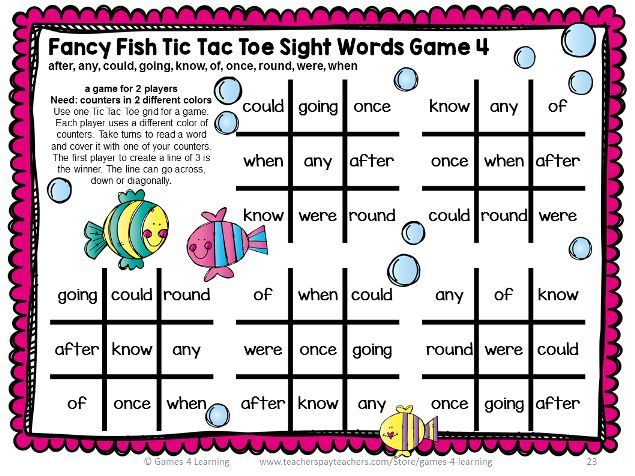 Many psychologists believe that a small person is primarily a "doer" and this is expressed in movements, the more they are and they are more diverse, the more intense the intellectual development of the child.
Many psychologists believe that a small person is primarily a "doer" and this is expressed in movements, the more they are and they are more diverse, the more intense the intellectual development of the child.
In accordance with the Federal State Educational Standard (Federal State Educational Standard), all types of classes should include tasks and exercises for the development of motor activity. It is most effective to include outdoor games in classes. Like all didactic games, an outdoor game is aimed at training and education. New educational material is remembered more easily and absorbed more firmly, namely in a playful way, since mental processes proceed faster. In classes with children, outdoor games are recommended to be used as a physical training minute, as an element of a lesson, or as a consolidation of the material already covered. The game is inherent in childhood organically and with competent guidance from adults can work wonders.
Outdoor games have a positive effect on the psychological state of children, contribute to the development of a sense of rhythm, contribute to the harmony of movements, successfully help the formation of speech.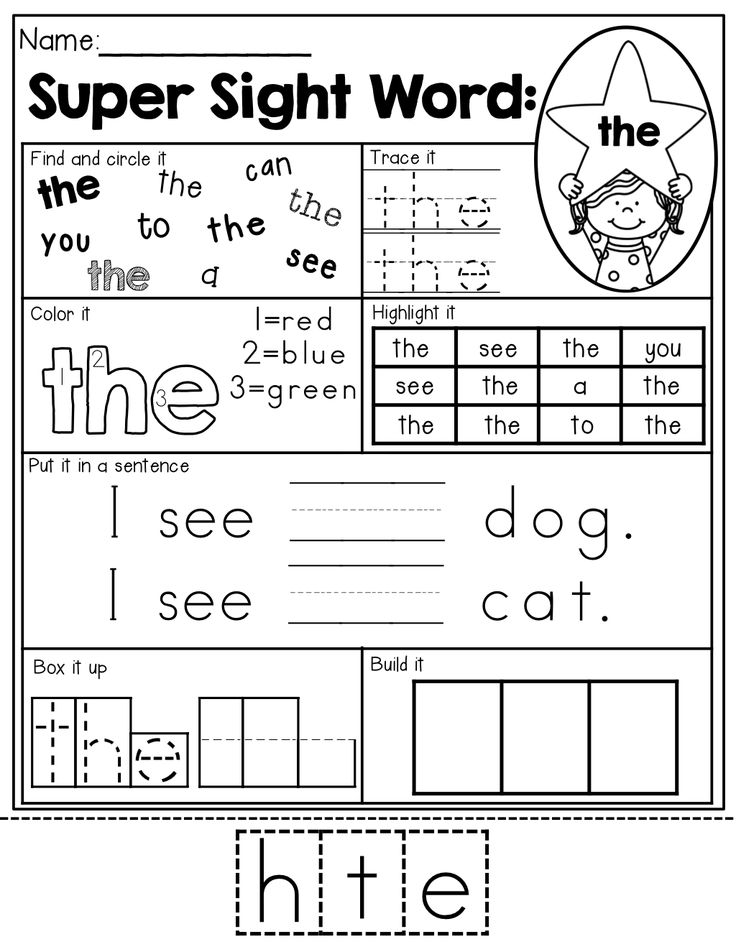 During outdoor games, all body systems are activated: breathing, vision, hearing, blood circulation. The game brings the child only positive emotions. All this together allows us to speak in general about the general health effect of outdoor games.
During outdoor games, all body systems are activated: breathing, vision, hearing, blood circulation. The game brings the child only positive emotions. All this together allows us to speak in general about the general health effect of outdoor games.
To conduct outdoor games in speech therapy groups, certain specifics should be followed. For children, it is very important: with what intensity the game is played, what motor actions it consists of, how the child's body responds to the received load. Children with speech disorders quickly get tired, are physically unbearable, and most often somatically weakened. In this regard, these children have insufficiently formed spatial representations, it is difficult to form not only speech, but also motor stereotypes.
It is recommended to refer to play materials intended for children of the younger group, changing and adapting them taking into account the peculiarities of working with children of this category. Before the teacher offers the children an exercise with an object or an outdoor game, he should first exercise the children in those movements that are difficult for them and familiarize them with the elements of the game.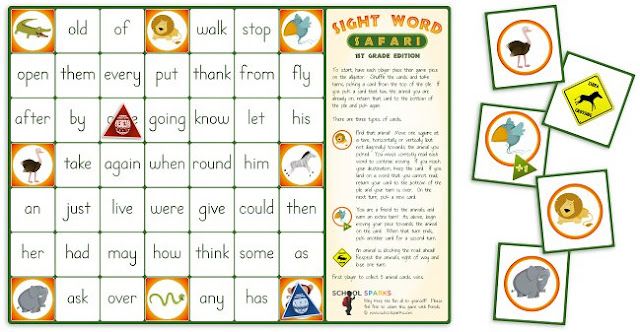
Any game must have its own rules. The teacher himself should take an active part in the game, help, encourage children, celebrate their slightest successes, especially those who partially or with difficulty cope with the task. The teacher must show tolerance for those children who cannot or do not understand the task and, in this regard, perform it incorrectly. Each child should participate in the game, while performing feasible game actions, trying to imitate the comrades and the leader, as well as performing actions together with the teacher. It is extremely important, in this situation, that children develop stable self-confidence. As soon as most of the children understand the tasks of the facilitator, and they learn the rules of the game, they can be combined into groups to play the game.
For the formation of coherent speech in preschoolers with severe speech disorders, a variety of outdoor games with speech movements should be used. Such games have a positive impact on the enrichment of the vocabulary, and on the education of sound culture.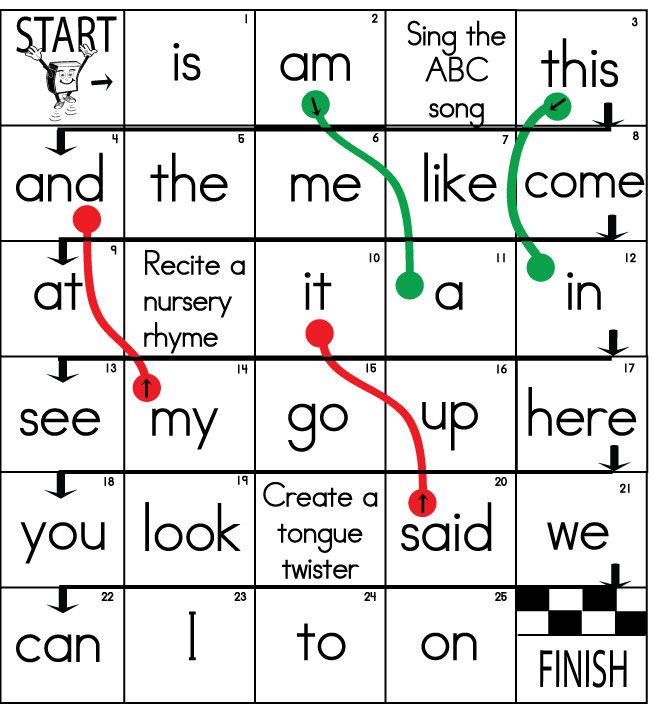 This form of speech development is a motive for communicative activity and encourages children to enter into contacts with each other. Children develop the ability to play and business communication with peers, there is a desire to participate in joint collective activities.
This form of speech development is a motive for communicative activity and encourages children to enter into contacts with each other. Children develop the ability to play and business communication with peers, there is a desire to participate in joint collective activities.
Speech games usually include: outdoor games with speech content, didactic, folk games, round dance games, verbal, desktop-printed games - nursery rhymes with fingers, dramatization games, etc. It is convenient that any of the outdoor games can be both adapted to the lexical theme of the week, and used in joint activities with children.
Word games for children are very useful and attractive. Speech games are of great importance for the development of children's thinking. During speech games, children enrich their vocabulary, activate and improve phonemic hearing, actively develop speech, instill interest and love for their own language.
In outdoor games for the development of speech, a rhyme or literary text should be included that prescribes one or another game action (“Owl”, “Shaggy Dog”, etc.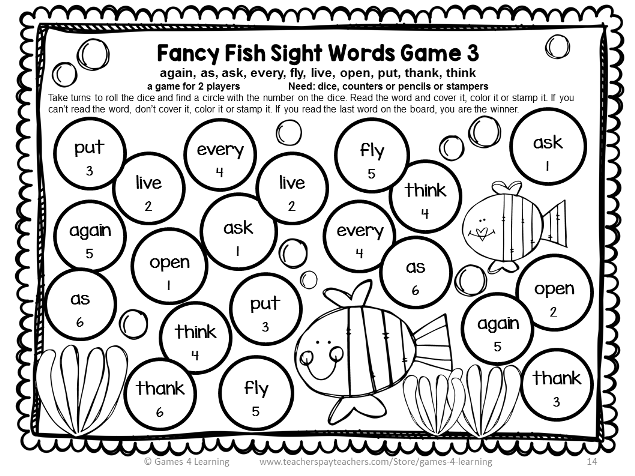 ). During the game, the verses are read several times. Children quickly memorize the poetic text and during the game they pronounce it on their own. During the game, one should strive to expand the volume of vocabulary and understanding of speech, to encourage children to imitate speech activity. This can be achieved by pronouncing nursery rhymes, pestles, poems with children, as well as verbal accompaniment of outdoor games. Older children can be offered games to automate sounds. For example, such outdoor games as: “Cat on the Roof”, “Bear”, “Fox”, “Ribbon Chicken”, “Owl and Mosquitoes”, “Beetles”, “Pike and Minnows”, “Orange”, “Crows and dogs” and so on, contribute to the differentiation and automation of sound pronunciation.
). During the game, the verses are read several times. Children quickly memorize the poetic text and during the game they pronounce it on their own. During the game, one should strive to expand the volume of vocabulary and understanding of speech, to encourage children to imitate speech activity. This can be achieved by pronouncing nursery rhymes, pestles, poems with children, as well as verbal accompaniment of outdoor games. Older children can be offered games to automate sounds. For example, such outdoor games as: “Cat on the Roof”, “Bear”, “Fox”, “Ribbon Chicken”, “Owl and Mosquitoes”, “Beetles”, “Pike and Minnows”, “Orange”, “Crows and dogs” and so on, contribute to the differentiation and automation of sound pronunciation.
The most versatile and affordable means of developing children are outdoor games. They have a complex and comprehensive effect on the child's body, contribute to the moral, physical, mental, aesthetic and labor education of preschoolers. The child learns the world, receives new knowledge and information, masters speech with the help of various game movements and situations.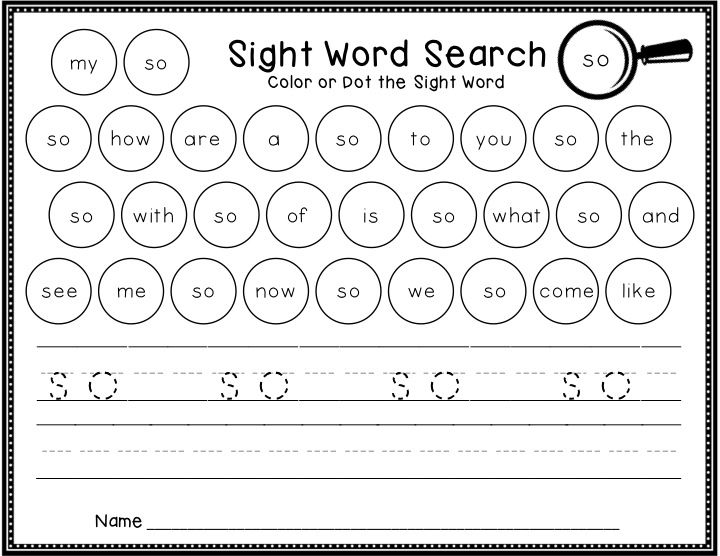 The use of outdoor games with verbal accompaniment gives a positive dynamics of speech development.
The use of outdoor games with verbal accompaniment gives a positive dynamics of speech development.
Based on the foregoing, it follows that outdoor games activate children, provide the necessary physical activity, develop motor skills, promote emotional relaxation and, finally, contribute to the development of speech, which is especially valuable for children with severe speech development disorders.
Literature:
- Gaubih Yu. G. Games in a speech therapy group with children: A guide for speech therapists / ed. — M.: Enlightenment, 1979.
- Gromova O. E. Innovations - in logopedic practice - M .: LINKA-PRESS, 2008.
- Keneman A. V., Osokina T. I. Children's outdoor outdoor games. A book for kindergarten teachers and parents / Comp. A. V. Keneman, T. I. Osokina - 2nd ed., revised. — M.: Enlightenment; Vlados, 1995.
- Nishcheva N.V. Mobile and didactic games for a walk. - St. Petersburg: Publishing House "Childhood - Press" LLC, 2012.
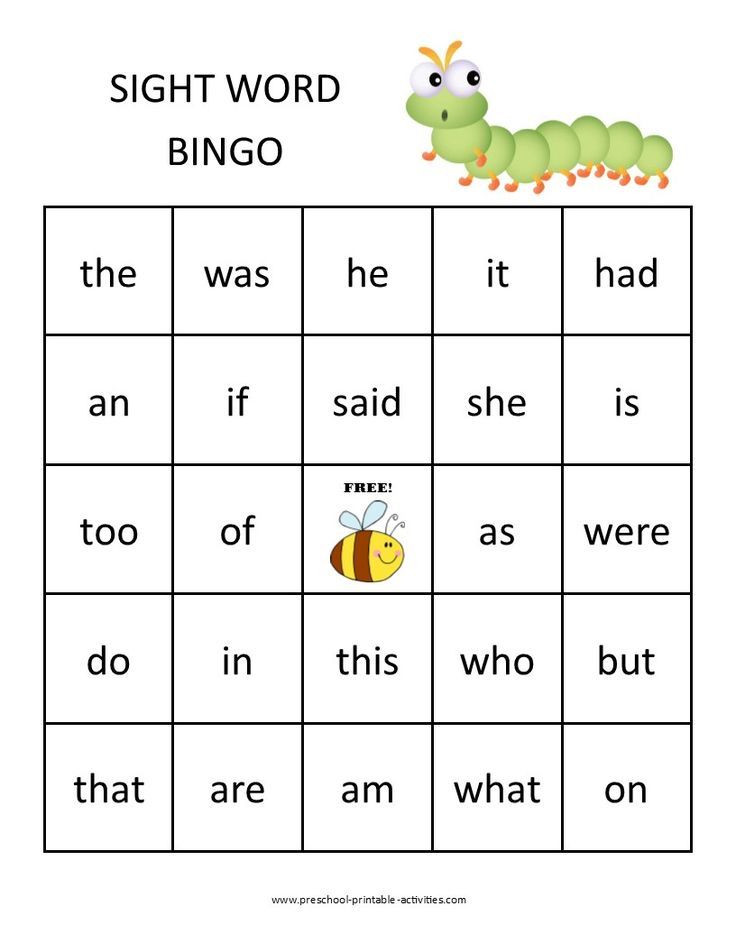
- Petrova T. I., Petrova E. S. Games and activities for the development of speech
- preschoolers (program "I am a man"). Book 1.-M.: School Press, 2004.
- Filicheva T. B., Chirkina G. V. Preparation for school of children with general underdevelopment of speech in a special kindergarten: At 2 hours. Part I. The first year of study (senior group). Manual for students of defectological faculties, practitioners of special institutions, kindergarten teachers, parents. M .: Alpha, - 1993.
Basic terms (automatically generated) : game, child, speech development, movement, outdoor game, speech development, verbal accompaniment.
Similar articles
Games and exercises for development speech in children 3-4 years
Learning poems for development speeches . Poems for children 3-4 years old must
Poems for children 3-4 years old must
move games , child , game , object, equipment, eye, figurative memory, velvet paper
The problem of speech development children of preschool age today is very...
Ball and
speech - technology for correcting speech disorders ...Creating conditions for development speech in children of preschool age using innovative and health-saving technologies in
One of these game technologies is "Ball and speech ". It includes verbal , didactic, mobile games games with...
Development speech in children with delay speech development .
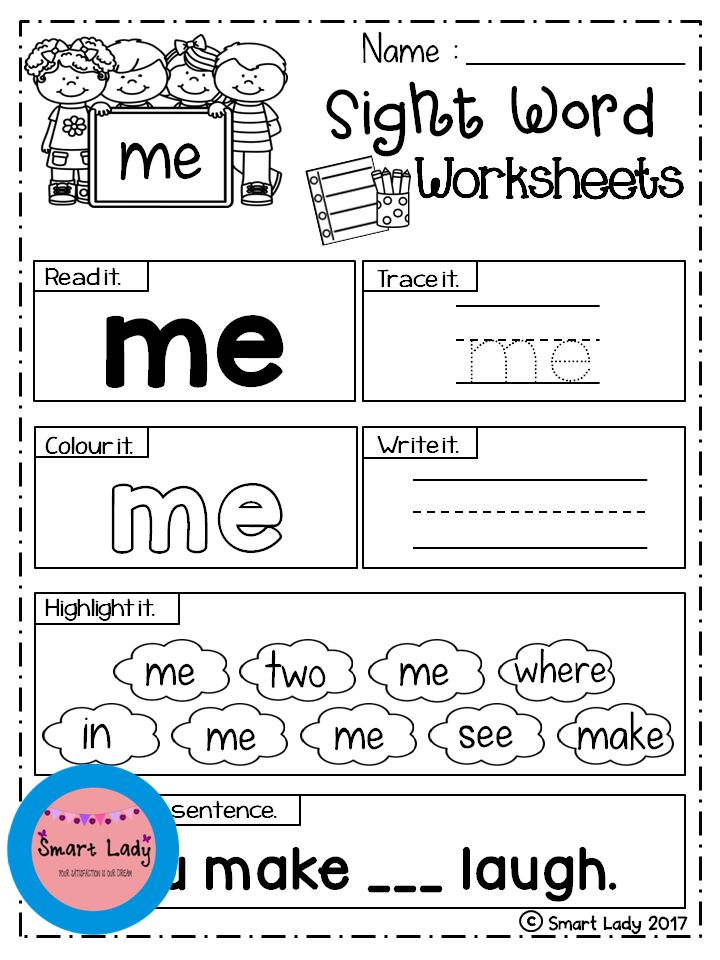 ..
.. Bibliographic description: Mitrofanova A. E. Development speech in children delayed speech development with the help of sensory games and exercises
Games with movement : climb on the table and study how the room changes when viewed from a height; lie down on the floor and crawl...
Speech motor gymnastics as a means of speech correction
...Motor speech games and exercises involve development of coordination and regulatory functions speeches and movements .
Among children with developmental deficiencies children with general underdevelopment speech (OHP) of varying severity are in the first place.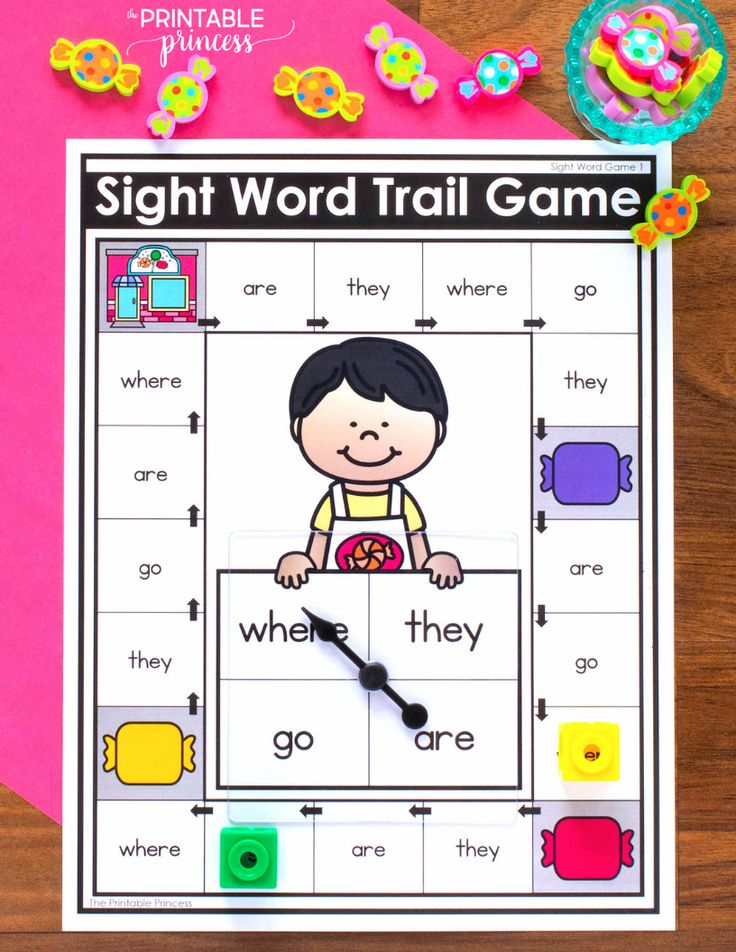
The need for logarithmic exercises in corrective ...
- speech games with movements aimed at developing a sense of rhythm and phonemic perception, voice power, development general motor skills - dynamic games and exercises aimed at development and correction of general motor and coordinating functions
Correction of
speech disorders in preschool children using...The development of general motor skills contributes to the development of speech .
The purpose of logarithmics is to correct speech disorders by correcting the motor sphere.
Mobile games . General physical exercises. Musical rhythm.
Summary of educational activities with preschoolers .
 ..
.. Speech development : To develop free communication with adults and children . – To consolidate the skill of coordinating nouns with numerals.
– Develop general and fine motor skills, coordination movements tempo and rhythm speech . Methods and Techniques: Practical
Games and exercises for finger motor skills as a means of...
As develops movements of the fingers, develops speech of the child . Speech is not only a function of the organs of articulation, but a result
Paying due attention to various tasks, exercises, games development fine motor skills of hands and development coordination movements .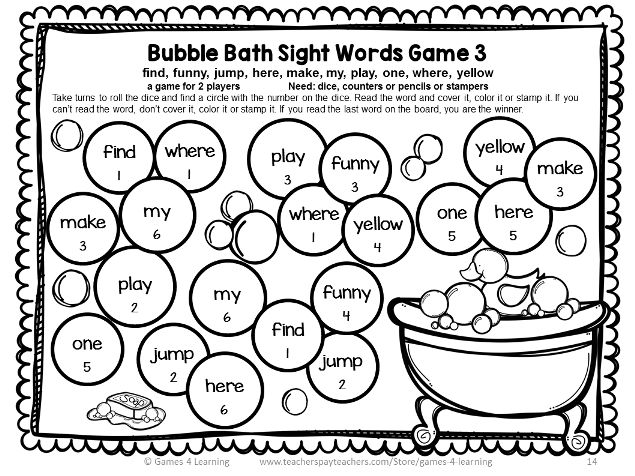 ..
..
Speech development of preschoolers using verbal games
The article describes the experience of using verbal games in the development of speech preschoolers.
Comparative analysis speech development of preschoolers using word games games .
So that parents can actively influence speech development of children in kindergarten, their...
Significance of finger
games for development speech preschoolersApproximately the same course development speech child . Usually a child having a high level of development fine motor skills of the hand, is able to
Performing exercises and rhythmic finger movements inductively leads to excitation in the speech centers of the brain and a sharp.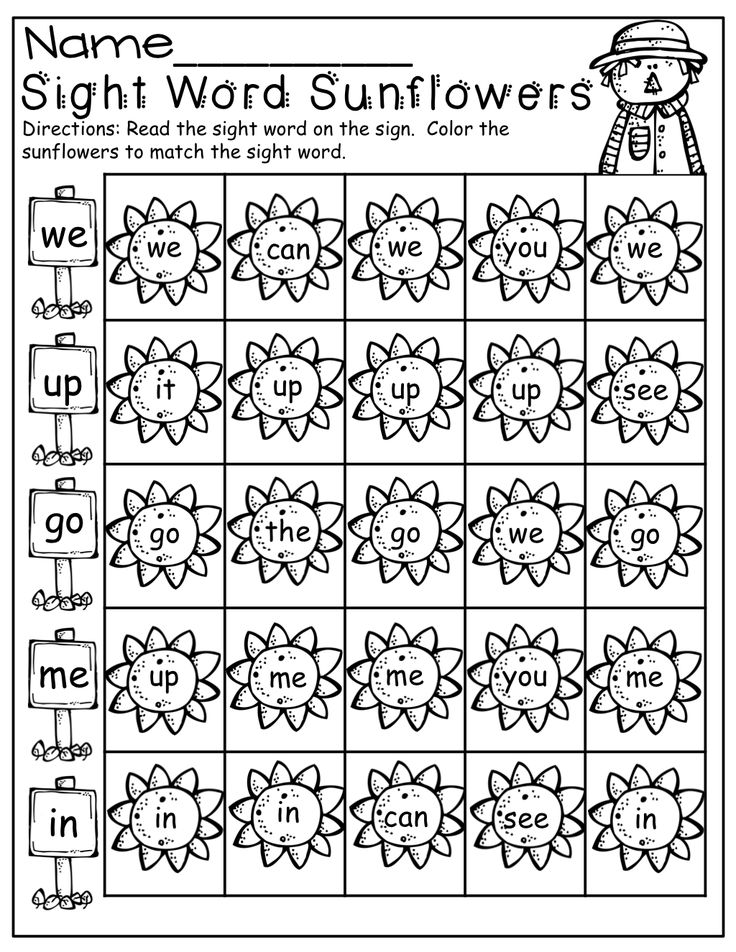 ..
..
Similar articles
9021 Games and exercises for development speech in children 3-4 yearsMemorizing poems for development speech . Poems for children 3-4 years old should be
Game , Child , Game , subject, Eye, figurative memory, velvet paper
Problem Speech children of pre -school age -based pre -schools of pre -school today very...
Ball and
speech - technology for correcting speech disorders ...Creating conditions for development speech in children of preschool age using innovative and health-saving technologies in
One of these play technologies is "Ball and speech ".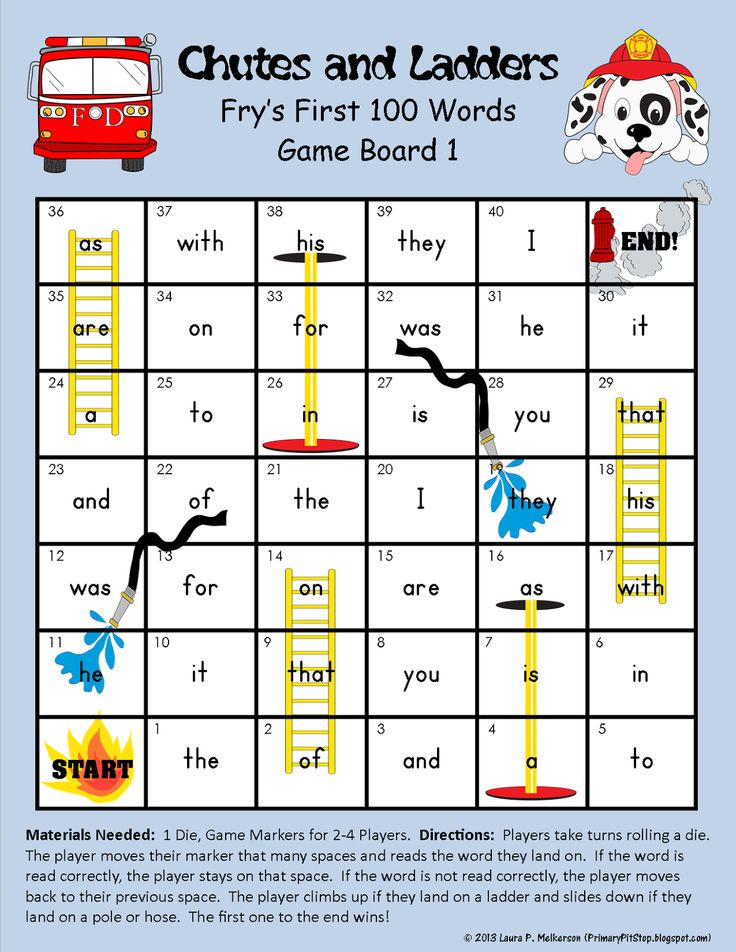 It includes verbal , didactic, mobile games games with...
It includes verbal , didactic, mobile games games with...
Development speech in children delayed speech development ...
Bibliographic Description: Mitrofanova A.E. Development Speech In children with a delay of speech using sensory Games and exercises
Games with Movement : Loose we study how the room changes when you look at it from a height; lie down on the floor and crawl...
Speech-motor gymnastics as a means of correction
speech ... Motor speech games and exercises involve development of coordinating and regulating functions speech and movement .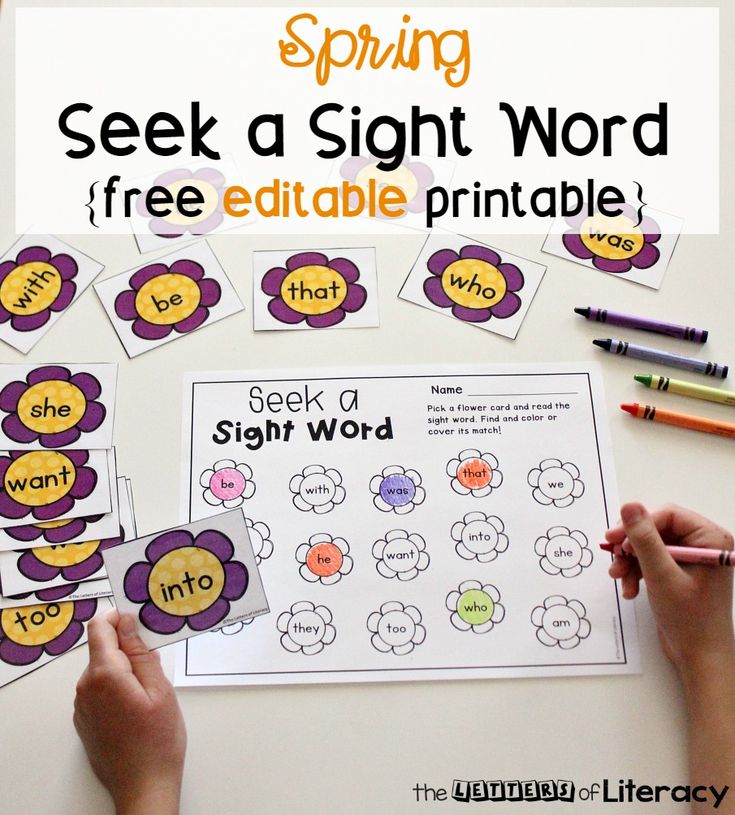
Among children with developmental deficiencies children with general underdevelopment speech (OHP) of varying severity are in the first place.
The need for logarithmic exercises in corrective ...
- speech games with movements aimed at developing a sense of rhythm and phonemic perception, voice power, developing general motor skills - dynamic games and exercises aimed at developing general motor skills and coordinating functions
Correction of
speech disorders in preschool children using...The development of general motor skills contributes to the development of speech .
The purpose of logarithmics is to correct speech disorders by correcting the motor sphere.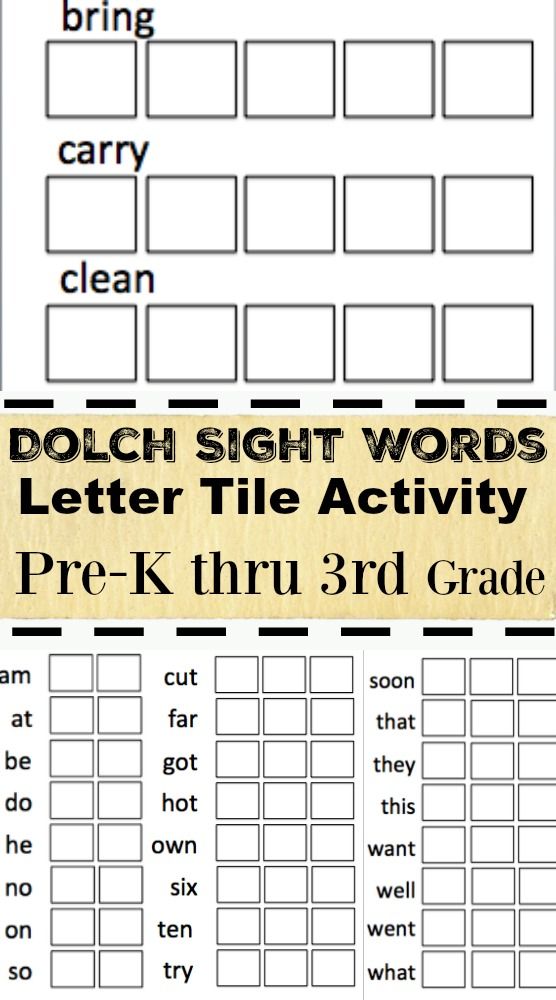
Mobile games . General physical exercises. Musical rhythm.
Summary of educational activities with preschoolers ...
Speech development : Develop free communication with adults and children . – To consolidate the skill of coordinating nouns with numerals.
– Develop general and fine motor skills, coordination movements , pace and rhythm speech . Methods and Techniques: Practical
Games and exercises for finger motor skills as a means of...
As development movements of the fingers goes development speech children . Speech is not only a function of the organs of articulation, but the result of
Paying due attention to various tasks, exercises, games development of fine motor skills of the hands and development of coordination movements .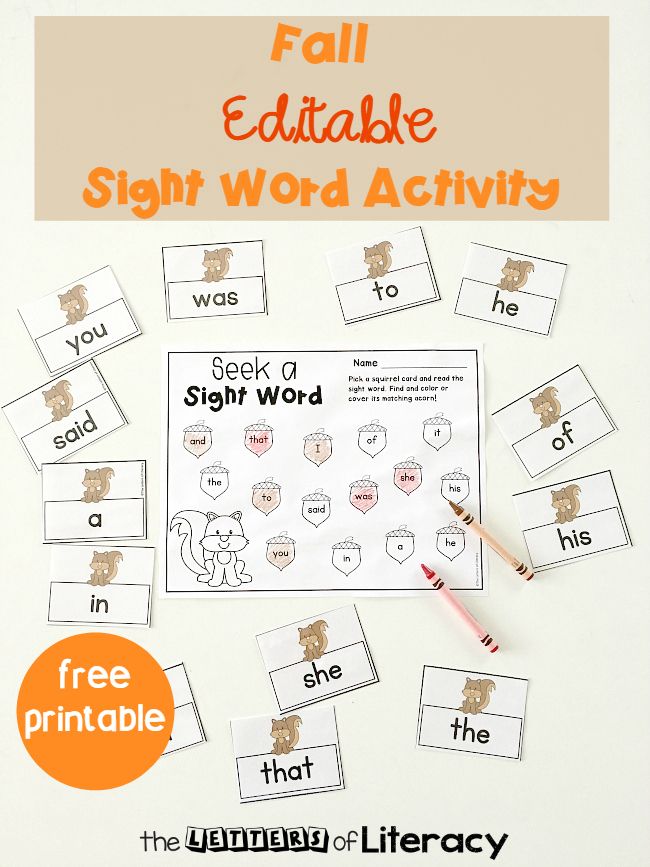

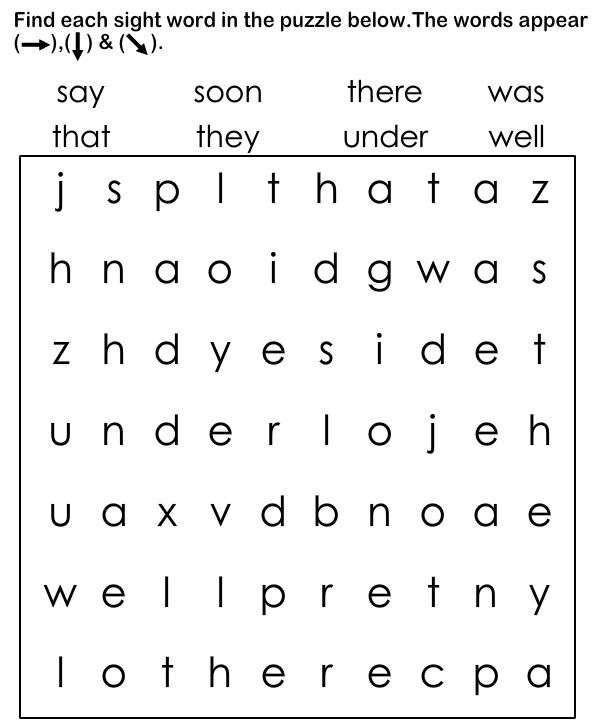 Growing up, children continue to learn the world through touch, taste, smell, sight, hearing, body movements, etc.
Growing up, children continue to learn the world through touch, taste, smell, sight, hearing, body movements, etc. 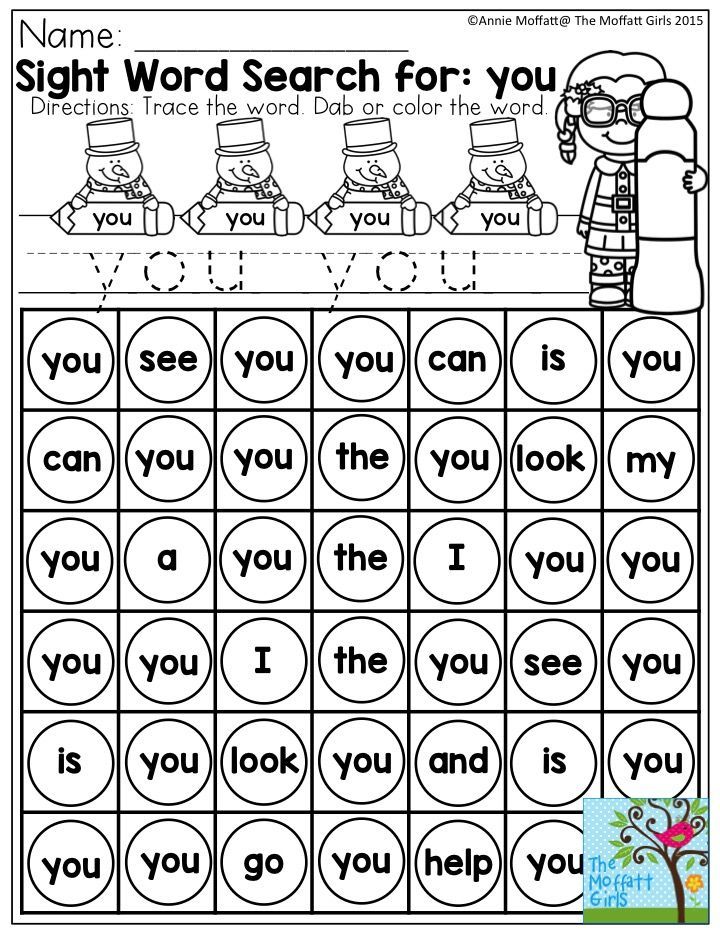 In addition, by touching new experiences, objects and interactions, children can gain information, learn about and understand the world around them. For example, by talking to your child and verbally naming the objects or things that you or your child do, you teach them vocabulary. Giving your child a toy that lights up or makes noise helps him learn concepts like cause and effect.
In addition, by touching new experiences, objects and interactions, children can gain information, learn about and understand the world around them. For example, by talking to your child and verbally naming the objects or things that you or your child do, you teach them vocabulary. Giving your child a toy that lights up or makes noise helps him learn concepts like cause and effect. 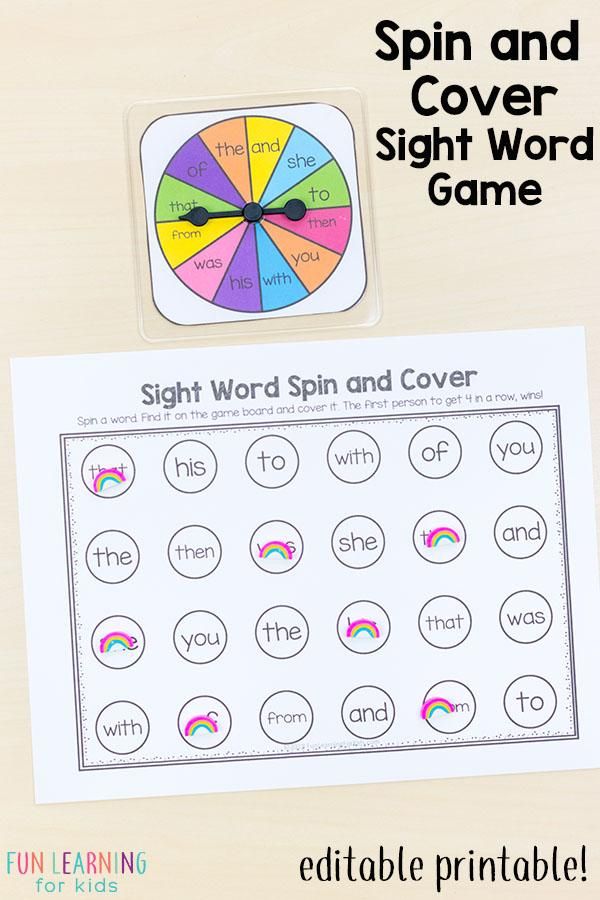 One of the features of didactic games is the ability to teach children from an early age through interesting activities [2] . Montessori argued that the game should be educational, it should have an impact on the development of the child [3] . V.N. According to Avanesova, a didactic game is a form of activity that is present both in everyday life and during free play activities. [1] . The ability to teach preschoolers through meaningful play activities is a distinctive ability of didactic play.
One of the features of didactic games is the ability to teach children from an early age through interesting activities [2] . Montessori argued that the game should be educational, it should have an impact on the development of the child [3] . V.N. According to Avanesova, a didactic game is a form of activity that is present both in everyday life and during free play activities. [1] . The ability to teach preschoolers through meaningful play activities is a distinctive ability of didactic play. 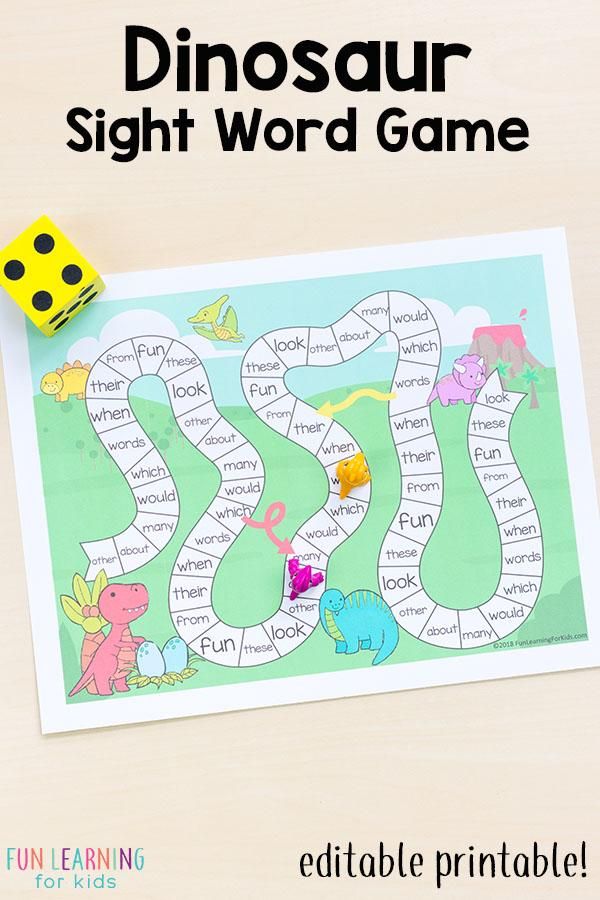
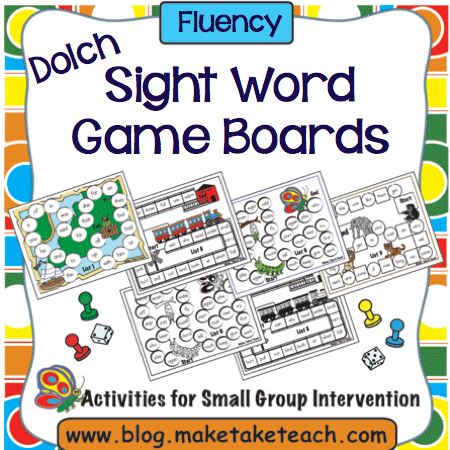 For example, "Find a figure" , "Find a pair" , "What is superfluous" etc.
For example, "Find a figure" , "Find a pair" , "What is superfluous" etc. 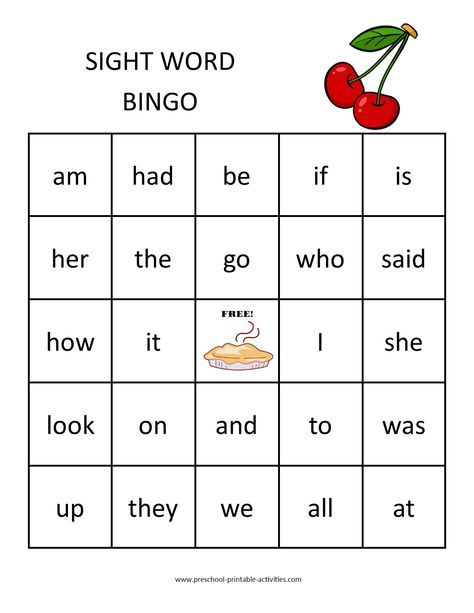 For this, you can use didactic games "Picking fruits" , "Three bears" . They allow children to develop an eye when choosing an object of a certain size. Games and exercises for the perception of magnitude “Put the ball into the box” , “Build a tower” , “Dress up the dolls” , “Pyramids” 90 different material, the child completed the task, the result obtained by him was specified in a word.
For this, you can use didactic games "Picking fruits" , "Three bears" . They allow children to develop an eye when choosing an object of a certain size. Games and exercises for the perception of magnitude “Put the ball into the box” , “Build a tower” , “Dress up the dolls” , “Pyramids” 90 different material, the child completed the task, the result obtained by him was specified in a word. 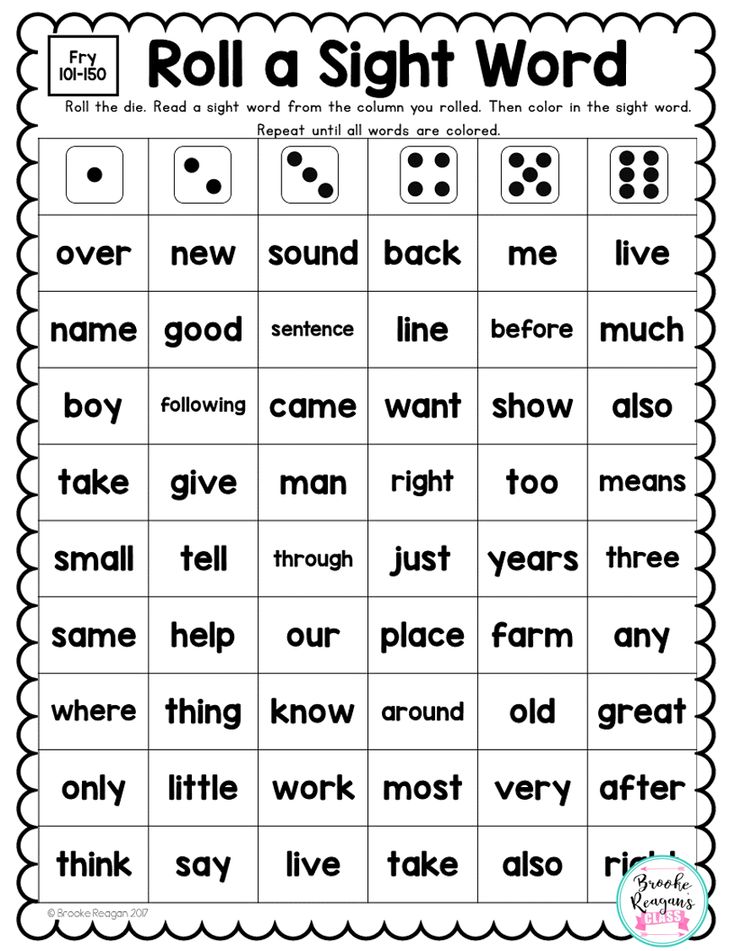 Practice has shown that, visually distinguishing colors, children easily confuse their names. Color orientation games should be carried out only in natural light, since it is more difficult for children to perceive the natural color of objects in artificial light.
Practice has shown that, visually distinguishing colors, children easily confuse their names. Color orientation games should be carried out only in natural light, since it is more difficult for children to perceive the natural color of objects in artificial light. 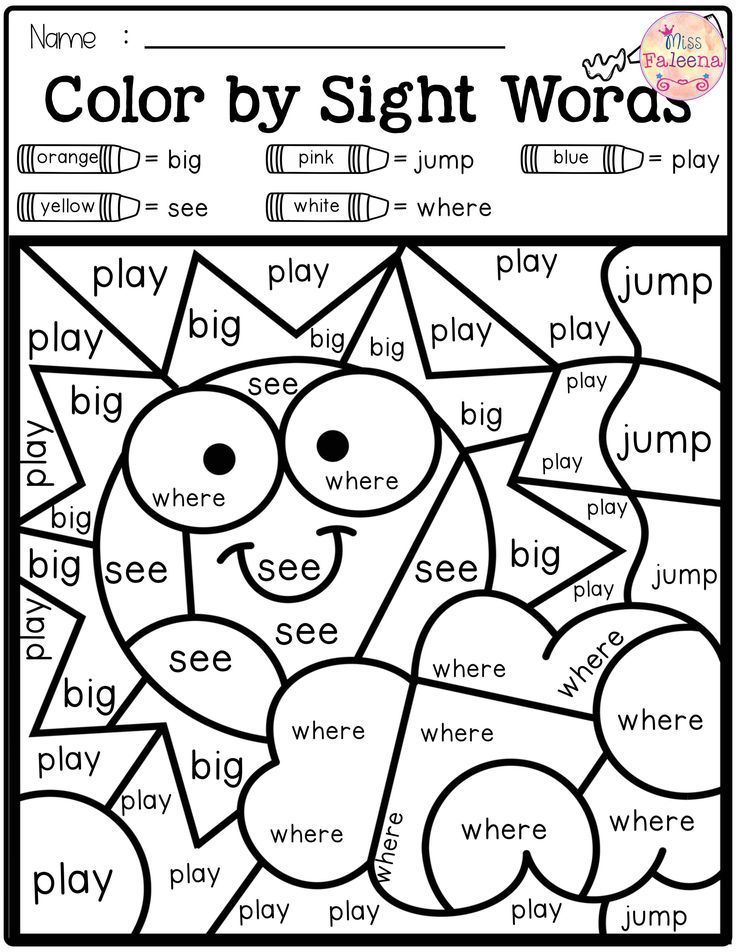 Also, use your eyesight by offering books and toys that are black and white or high contrast.
Also, use your eyesight by offering books and toys that are black and white or high contrast. 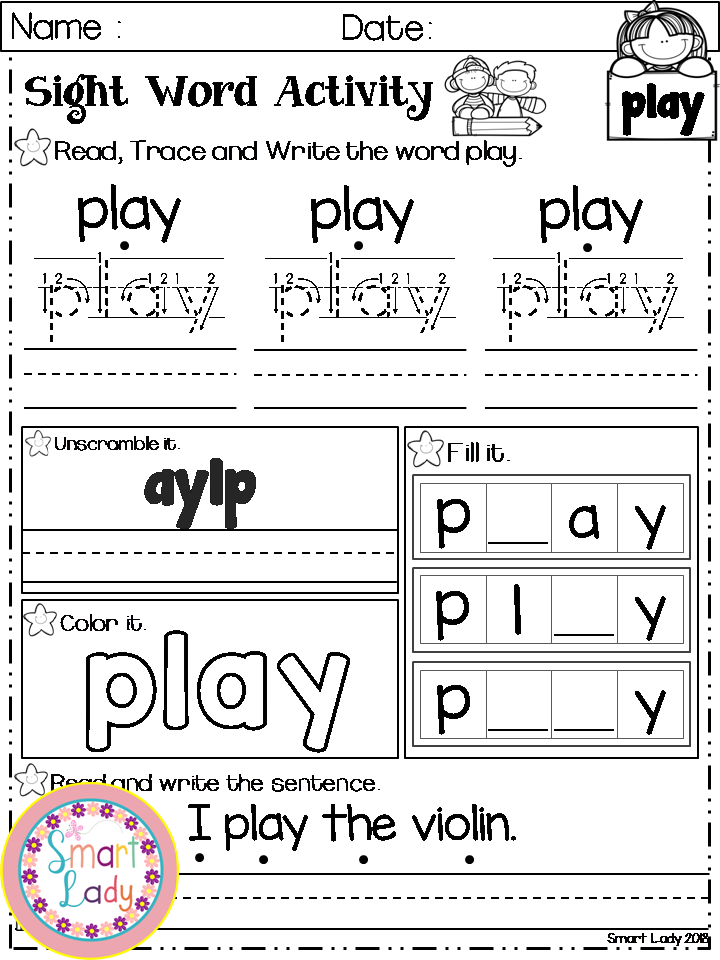
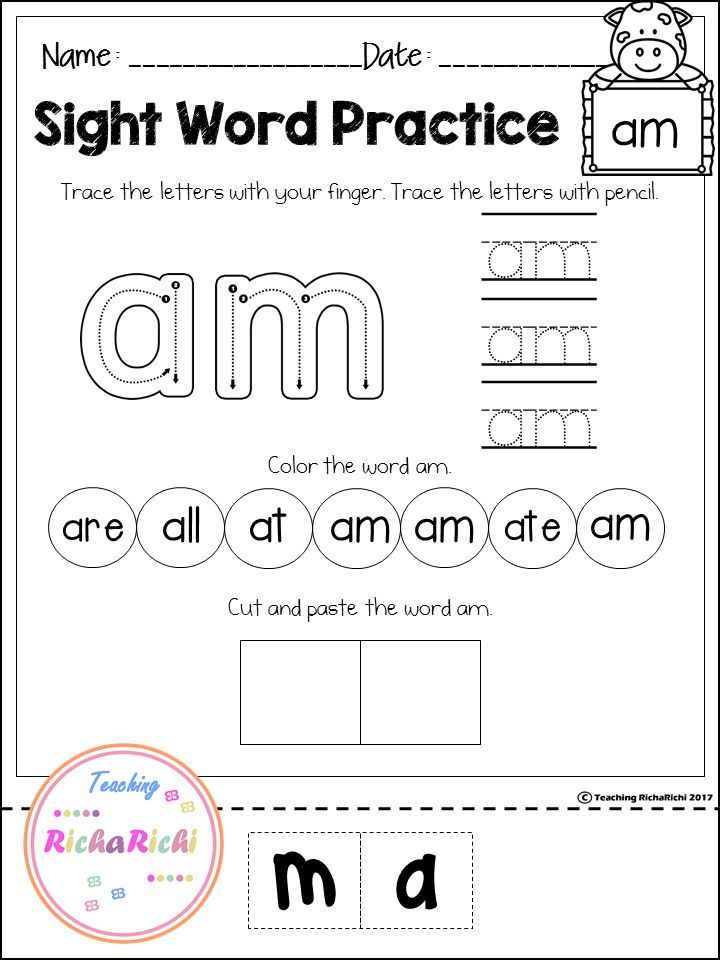 Balance development is learned through rolling, hanging, swinging, jumping and climbing. Rolling, hanging, swinging and jumping can all help your child develop balance. This is because the sense of balance and movement comes from the vestibular system, which is located in the inner ear. Bringing the baby's head into as many different positions as possible helps strengthen the vestibular system by activating various receptors in the ear.
Balance development is learned through rolling, hanging, swinging, jumping and climbing. Rolling, hanging, swinging and jumping can all help your child develop balance. This is because the sense of balance and movement comes from the vestibular system, which is located in the inner ear. Bringing the baby's head into as many different positions as possible helps strengthen the vestibular system by activating various receptors in the ear. 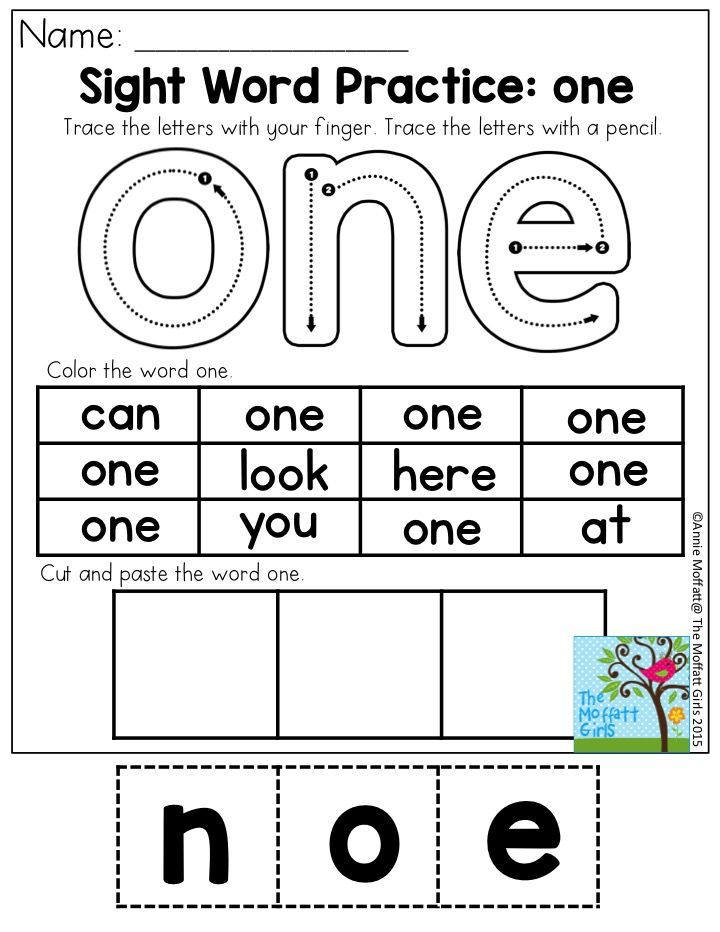 Sensory play also promotes imaginative play and encourages social development.
Sensory play also promotes imaginative play and encourages social development. 